Ape-tizers:
- On shared L1/L2 networks, apps inherit the same scalability baggage.
- Saga’s full stack + liquidity layer makes apps scalable, secure, and liquid from day one.
- Using Saga’s architecture, crypto apps can achieve infinite horizontal scalability.
Contrary to popular belief, people are increasingly finding their way into the world of crypto.
While some may doubt this, the reality is that we are witnessing the explosive growth of crypto apps across several market segments: prediction markets, stablecoins, AI, DeFi, institutional players, entertainment, and real-world businesses.
With the rate at which these applications are growing, it is expected that a chunk of these apps will pivot to owning their own infrastructure as they are bound to inherit the performance and scalability bottlenecks plaguing the general-purpose or shared networks they exist on.
I mean, there are folks already expecting Polymarket to launch its own chain in 2025.

This happening wouldn’t come as a surprise, especially with events like a 10-15-minute delay in finality as seen below:
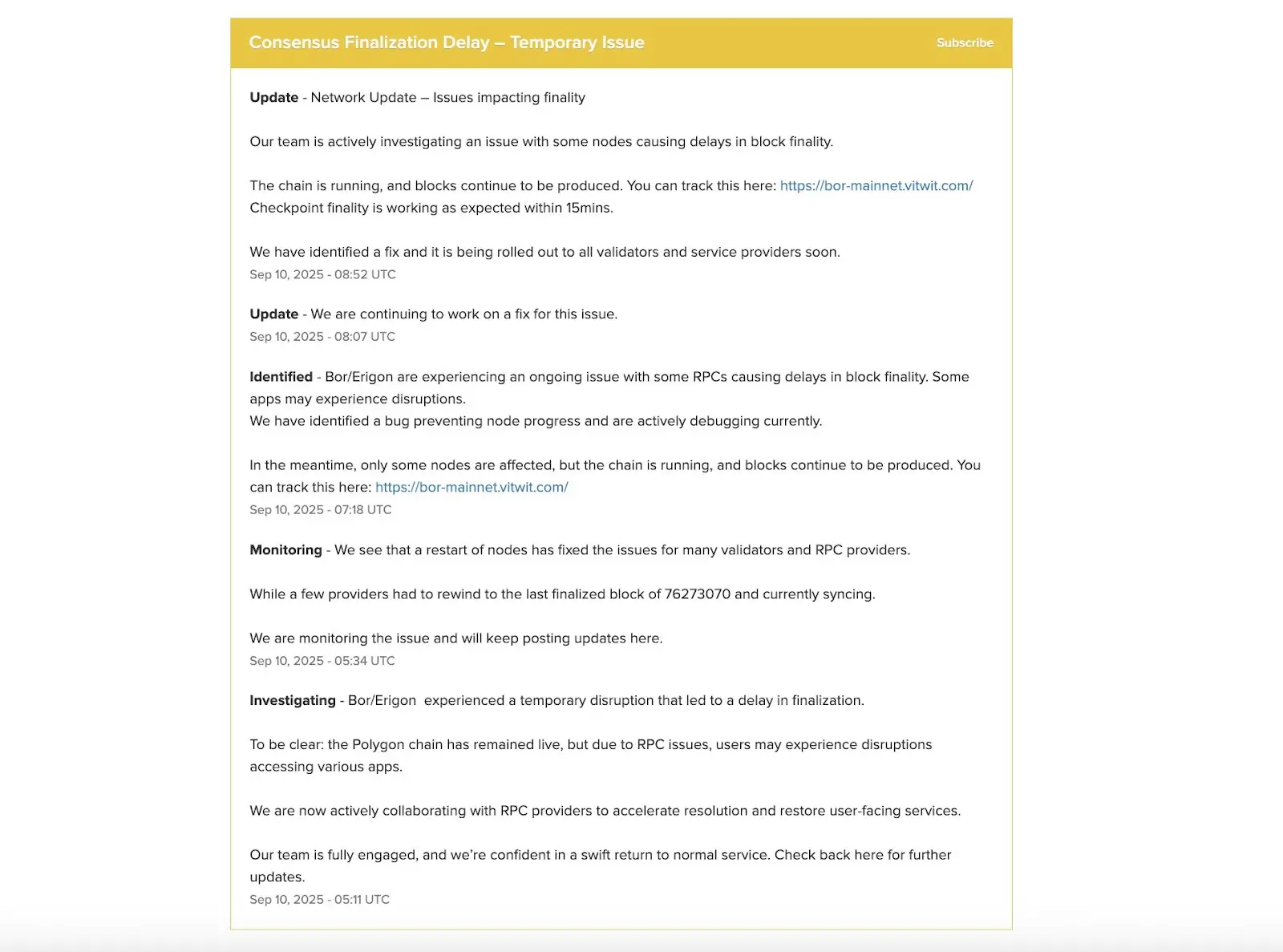
While some apps pivot later (like dYdX, which shifted from StarkEX, a layer-2, to its own Cosmos SDK–based layer-1), others (like Hyperliquid) launch natively on their own layer-1, sidestepping major structural overhauls down the road.
Considering that this trend will likely continue with both existing crypto apps and new entrants choosing to launch their own L1s, it’s important to note that setting up an L1 network fundamentally differs from spinning up an L2.
For an L2, or even an active validator service, inheriting the security and state of its underlying L1 is relatively straightforward and can be achieved through mechanisms like staking or restaking.
But an L1 doesn’t have that luxury. They need to bootstrap their own virtual environment, validator set, blockspace, liquidity, and economic security from scratch, which is a much heavier lift.
Despite this complexity, L1s are a much better choice for apps as they offer stronger security, decentralization, native asset ownership, and trustless finality compared to L2s.
This is because L1s are in fact the base chain where transactions are directly validated and secured by the network’s consensus, unlike L2s that have to rely on additional layers or bridge mechanisms.
This sets the stage for our discourse today, with our attention drawn to a project making it easy for apps to launch their own L1.
In the next few sections, we will discuss Saga in detail. We will introduce you to its purpose, how it works, the components of its design, and how it is the ultimate stack for apps to launch L1 networks that are liquid, secure, and interoperable off the cuff.
What is Saga?
Saga is an infrastructure project designed to help apps launch their own L1 protocols, called Chainlets.
Saga’s vision is to allow apps to achieve infinite horizontal scalability by owning their own Chainlets.
Developers can access a full infra stack to launch their own L1s without the usual headaches.
Instead of stressing over network architecture or scalability trade-offs, devs can put their energy into actually building and designing their apps.
For this to work effectively, apps need the freedom to not worry about security, validator architecture, foundational liquidity, and interoperability as consequences of their design choices.
When Saga says full stack, here’s what that means:
The provision of security infra
When it comes to security, Saga’s approach for Chainlets is quite intuitive.
It involves recruiting validators, distributing staking tokens, and engineering an incentive system to keep the chain safe.
Saga approaches this through shared security, whereby every Chainlet automatically inherits the security of the Saga mainnet through a model called cross-chain validation, where validators validate every Chainlet.
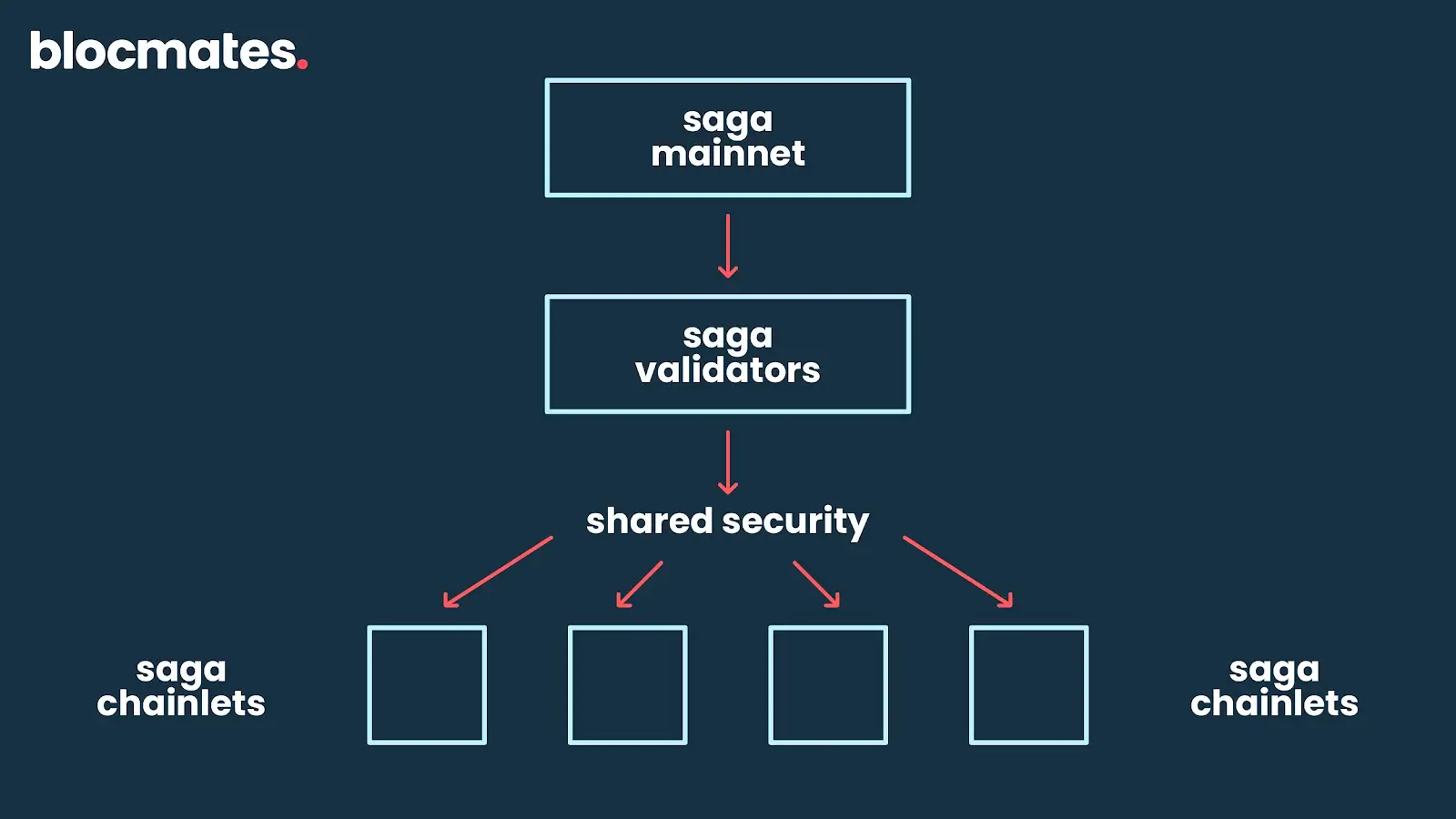
To make this reliable, validators follow clear agreements that constitute its uptime, compute, deployment, and consensus honesty.
The process also involves an auditor monitoring performance, while governance steps in if commitments aren’t met.
On top of that, Saga equips validators with orchestration tools to provision and maintain Chainlets at scale.
Validation mechanism and selection process
Spinning up a Chainlet on Saga might sound plug-and-play, but with thousands expected to run simultaneously, validators will face a major orchestration challenge.
To manage this, Saga’s design incorporates validator orchestration tools that handle the heavy lifting.
These tools allow validators to easily manage many independent Chainlets without sacrificing performance or uptime.
Saga’s orchestration layer helps predict hardware demand and automate provisioning, ensuring validators can keep up with the varying needs of thousands of apps.
Built-in fees and economic structure
True, no network functions without transaction costs, but Saga's experience is far from ordinary.
Instead of end users forking out gas fees to the network, developers absorb all transaction costs, and users interact with Chainlets without paying fees to Saga.
This front-end flow means devs can experiment with monetization, opt for pay-per-use in any token of choice, enable subscriptions, or run freemiums, while the underlying infrastructure remains abstracted away from the end-user.
The way it works is that devs retain the collected fees in their own wallets, preserving the full value of their applications. On the back end, devs “subscribe” to Chainlet capacity by depositing a fee bond in SAGA tokens.

Usage draws down this bond, and if it runs dry, the Chainlet can be paused or decommissioned after a buffer period.
Longer commitments and higher tiers may earn discounts, and in some cases, developers can stake bond tokens to offset future fees, thereby simplifying infrastructure cost management. This, in turn, would lower barriers to experimentation and scaling.
Security through staking
Security is also further enforced through Saga’s fixed inflation model.
The rewards are fixed at a 3% inflation rate for staked SAGA tokens, making it a much more predictable economic policy for the network.
This approach ensures the network stays economically secure, programmable, and responsive to real-world behavior.
Saga gets to offer value to the app developer by providing VM options and taking care of the aforementioned bits on behalf of the Chainlet (app running its own L1 network).
However, it doesn’t end there; Saga’s Chainlets are built so developers can offer user-centric functionality such as the subsidization of fees by apps, unlocking a gasless experience for the end user.
Chainlets: Saga’s engine for infinite horizontal scaling
The above architectural choices result in the elimination of the issue of blockspace competition.
With Chainlets, issues like a DeFi protocol slowing down due to a ponzi-style raise, triggering a transaction surge, are eliminated.
Each Chainlet has predictable performance and room to grow at its own pace. For builders, that means infinite horizontal scalability.
If an application needs more capacity, it simply spins up additional Chainlets.
Scaling becomes as easy as deploying a new smart contract, but with the sovereignty and flexibility of a full chain.
One important thing to note is that Saga doesn’t treat these Chainlets as isolated silos.
They remain composable by default, connected through Saga’s shared security and interoperability layer.
This ensures that liquidity, assets, and state can flow seamlessly across the ecosystem.
In practice, it means that a lending protocol on one Chainlet can interact directly with a DEX on another.
Instead of fragmenting liquidity across many small networks, Saga becomes the glue for many apps.
This model unlocks opportunities for diverse use cases.
For example, gaming studios can run high-throughput environments without being buffered by network congestion.
AI agents, too, can operate on specialized Chainlets with custom runtimes tuned to their workloads.
DeFi apps can also scale independently while still being plugged into the broader liquidity of Saga’s DeFi layer.
Each app runs in its own environment, but they’ll all remain part of the same interconnected economy.
Saga Chainlets, deep liquidity, and Velocity DeFi
If Saga has been on your radar already, here comes the interesting part.
Beyond scaling apps through Chainlets optimized for remarkable performance, Saga is also rethinking the economics of how dApps built on it sustain themselves.
This comes to life through what Saga terms as Velocity DeFi, a liquidity-first approach to incentives.
Let’s unpack it.
The norm when it comes to crypto staking is that rewards are inflationary. Teams usually use staking rewards to release previously locked supply.
Velocity DeFi flips the script by making rewards tied directly to liquidity flows and capital velocity.
This approach is more sustainable, as it lets apps launch their own chains from day one within a liquid, revenue-driven ecosystem.
This system's foundation is called the “Liquidity Integration Layer (LIL),” which consists of DeFi applications with specified functions.
Reward distribution in this layer is not based on blockspace usage or gas fees; instead, Saga measures activity in terms of liquidity.
The thicker the liquidity, the better the reward.
Liquidity, in this context, refers to capital that flows through these protocols, i.e., stablecoins, lending markets, and automated vaults, which drive yield for users and revenue for apps.
Rewards extracted from liquidity activity are redirected into the community pool, which is distributed transparently via Merkl campaigns through monthly snapshots and claim periods.
On the user experience side, all DeFi activity takes place on SagaEVM, where users never touch gas; instead, apps subsidize it. This lowers one of the most significant barriers to onboarding while still keeping validator incentives intact.
For users, it means frictionless trading, lending, and yield farming without constantly worrying about topping up a wallet for fees.
For devs, it enables stickier products since UX is no longer weighed down by cost or complexity.
If you’re probably wondering if there are flagship protocols live or launching very soon on this layer that showcase how this works in practice, the answer is yes.
Apps such as Colt (which provides a fully backed, yield-bearing stablecoin), Mustang (which brings decentralized credit via a licensed Liquity V2 deployment), and Palomino (which enables peer-to-peer lending markets) are coming very soon to join a growing ecosystem of thriving applications that forms Saga’s liquidity layer.
On SagaEVM, yield-bearing apps such as Beefy, Uniswap via Oku, and SagaYield powered by Steer, which automates vault strategies and liquidity rebalancing across them all, create a liquidity engine where capital is constantly in motion and flows through stablecoins, lending, credit, and yield strategies in a way that sustains itself.
Each app launching a Chainlet can run its own DeFi environment, but all liquidity remains unified under Saga’s infrastructure. In this way, Velocity DeFi ensures that every Chainlet starts liquid, stays liquid, and grows stronger as more apps join the ecosystem.
Saga: Concluding thoughts
More crypto-friendly policies mean app acceleration (a/acc), influx of users, and more existing crypto apps finding product-market fit and reaching escape velocity levels.
Are we prepared for this? If we're being honest, the infrastructures we’ve built over time seem to break down often, and the only reason we feel this is because users use apps that are on it.
Slowing adoption of L2s, which were ideally a response to scaling issues, is proof that apps are not getting the experience they need on them.
Sure, there’s room for improvement, and some actually cool L2s are being built as we speak, but the metrics are the metrics.
This leaves us with no other option than a protocol like Saga, which, in all honesty, from everything discussed above, is a pretty solid option.
Saga is tackling some of the toughest challenges in this space head on - scalability and liquidity without compromising on the end users’ experience.
Instead of apps competing for blockspace or reinventing the wheel to secure their own networks, Saga’s plug-and-play approach puts an optimized and functional L1 network in the hands of developers.
Developers gain sovereignty without the burden, and users get smooth, gasless experiences that feel more like web2 than the clunky dApps we are used to.
Then enters Velocity DeFi, which takes it even further by making liquidity what I’ll tag a first-class citizen.
This is because rather than relying on inflation or endless token emissions, Saga has designed a system where capital flows drive rewards. Classic “put your money where your mouth is” exhibit.
For apps, this means that launching a Chainlet using Saga infra will not only scale the app, but also guarantee access to sustainable, transparent liquidity from day one.
What makes it exciting is how all these pieces fit together. Games, AI agents, and DeFi protocols can each run at their own pace, with their own rules, but still tap into a shared pool of security and liquidity.
So, the question begs: When we sing, “The return to fundamentals will be glorious,” Saga surely feels like one of these fundamentals, no?
The design is intuitive, well executed, and just what we need to finally say that crypto apps are 10x better than centralized mock jobs.
Thanks to the Saga team for unlocking this article. All of our research and references are based on public information available in documents, etc., and are presented by blocmates for constructive discussion and analysis. To read more about our editorial policy and disclosures at blocmates, head here.




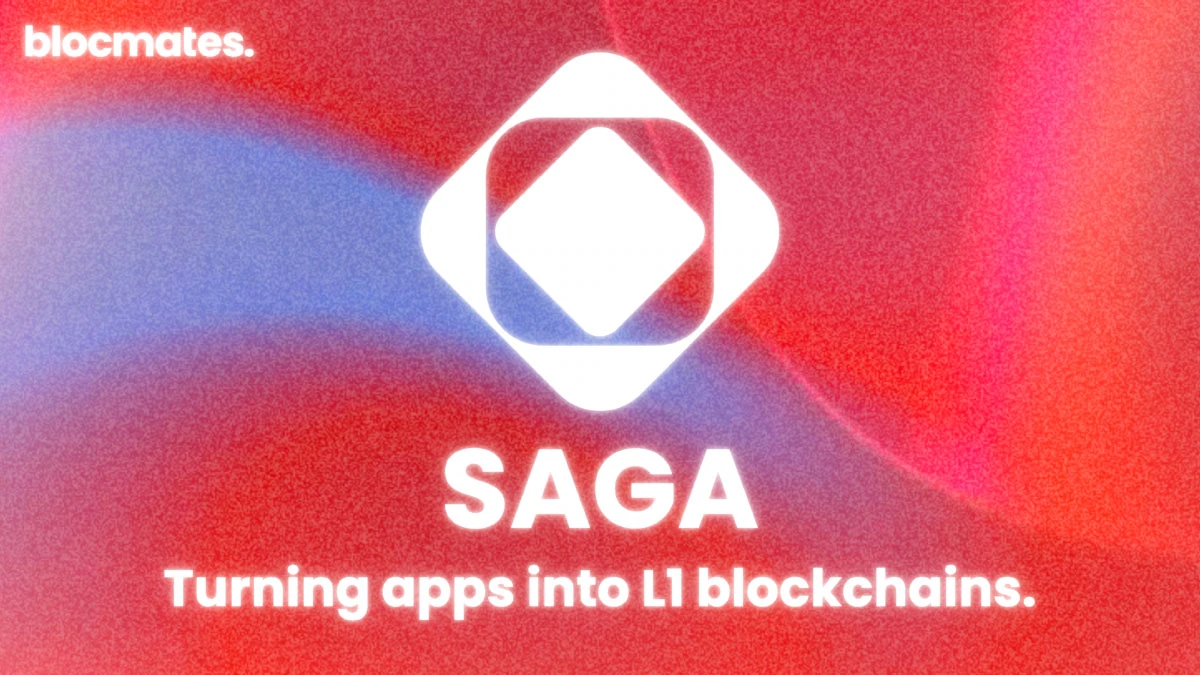

%20(1).webp)
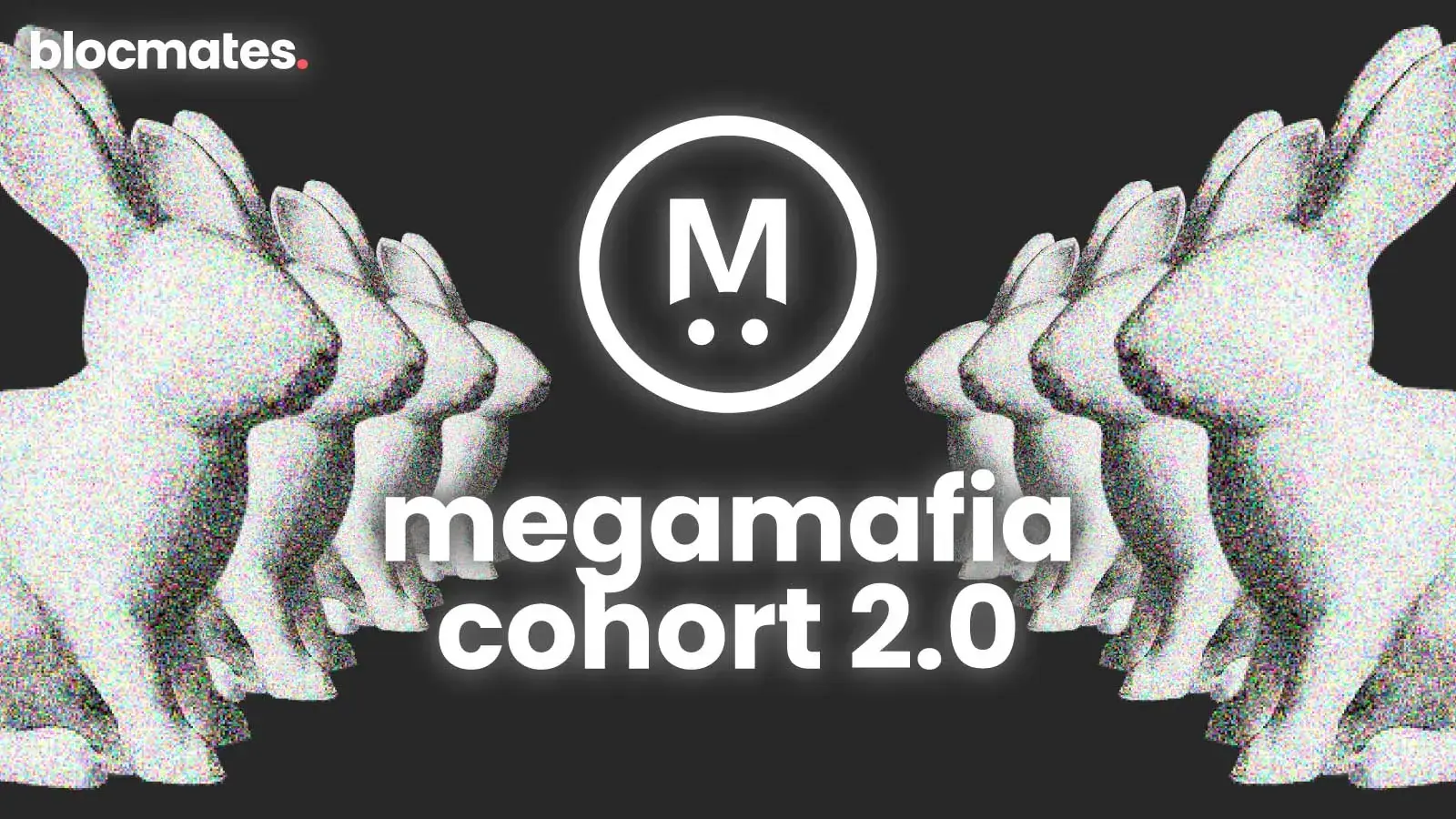




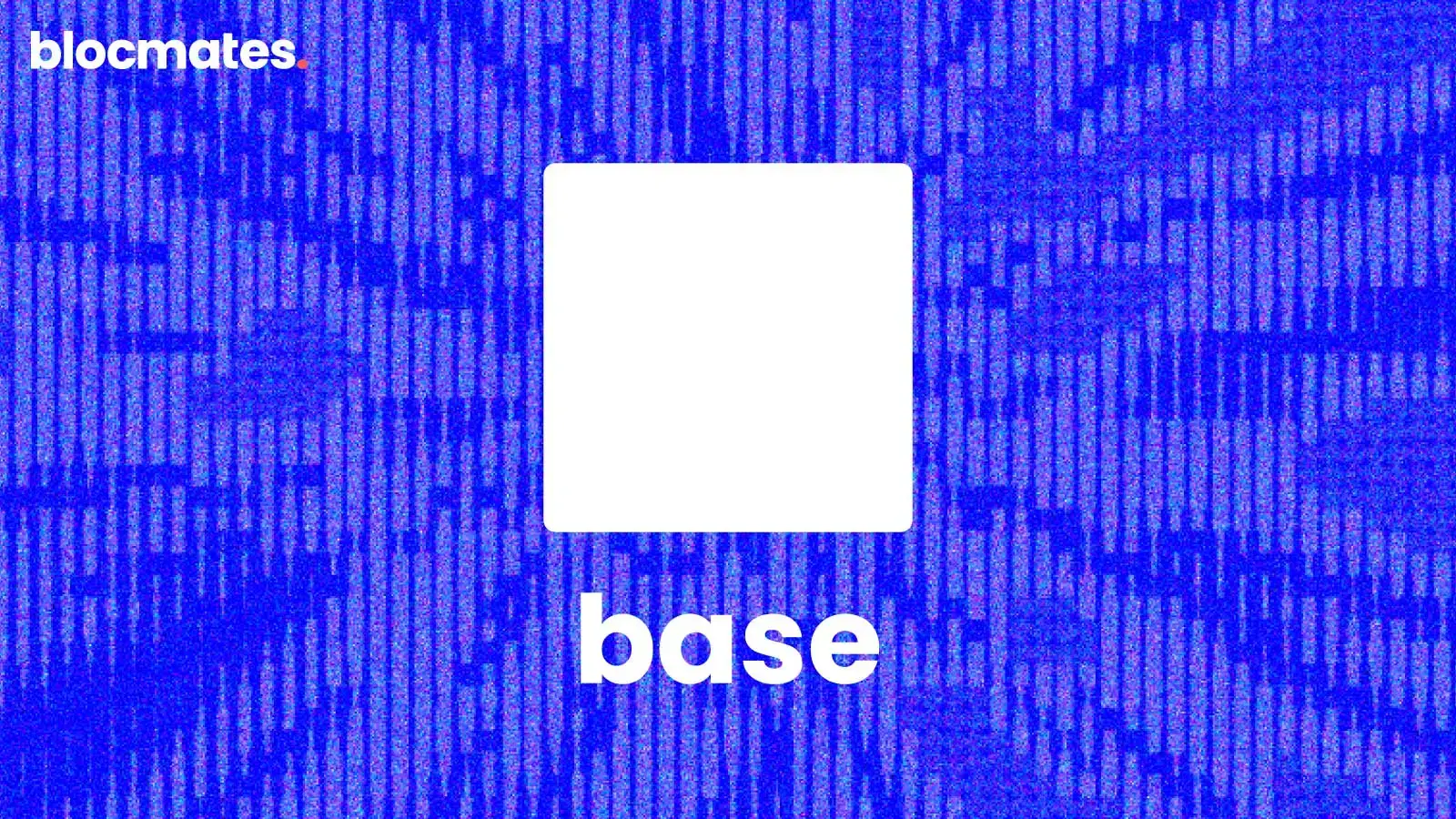
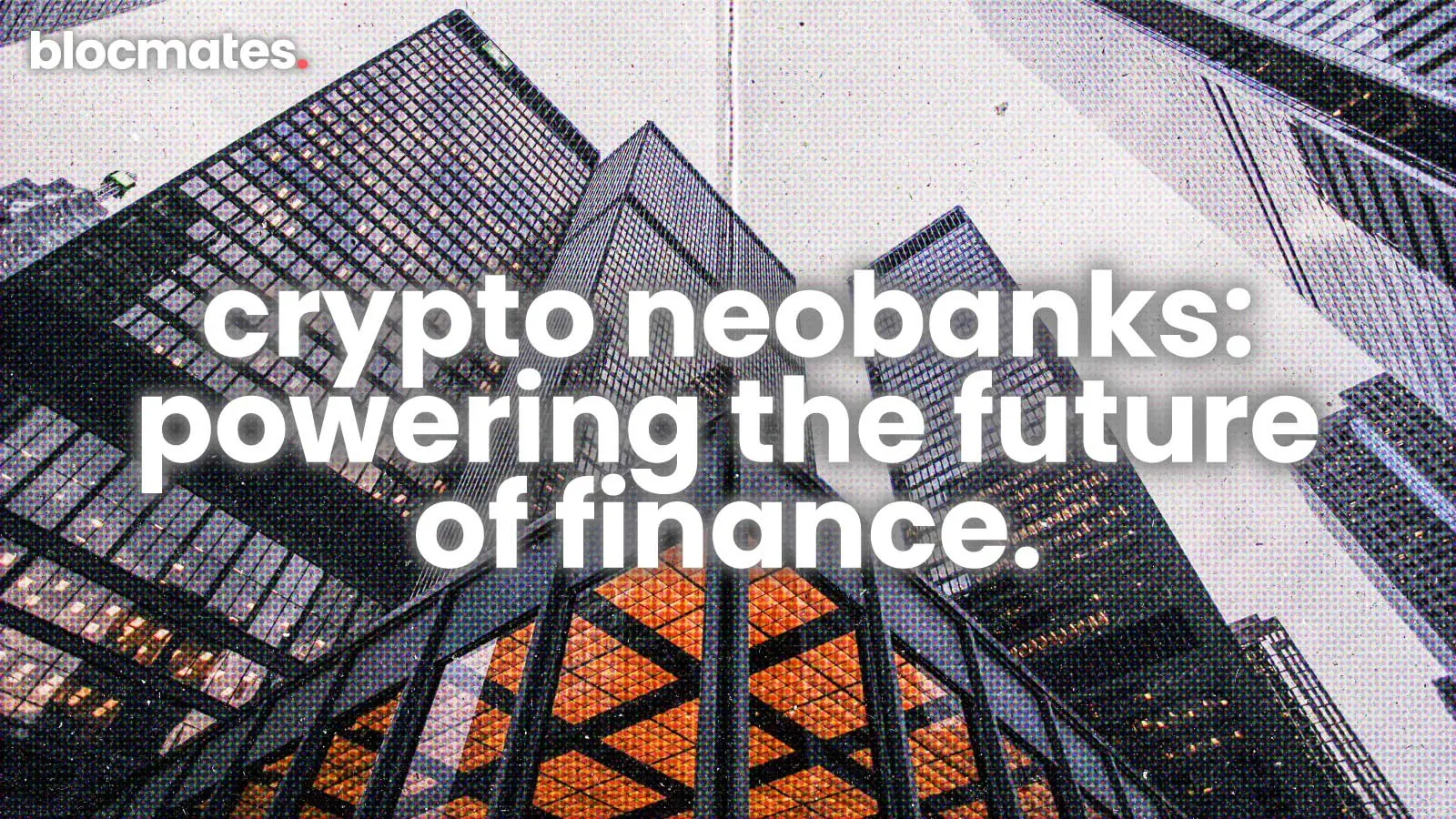


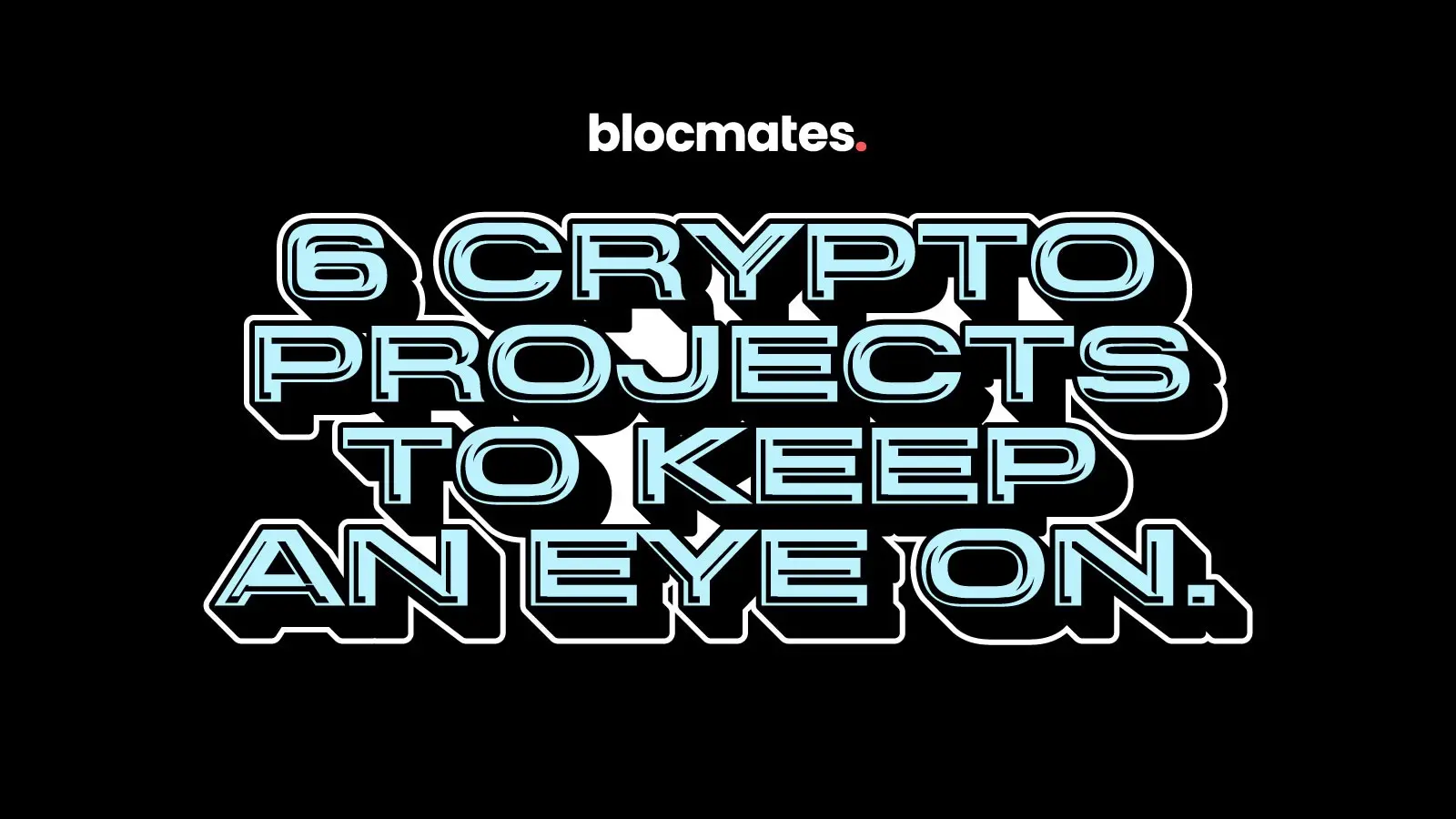
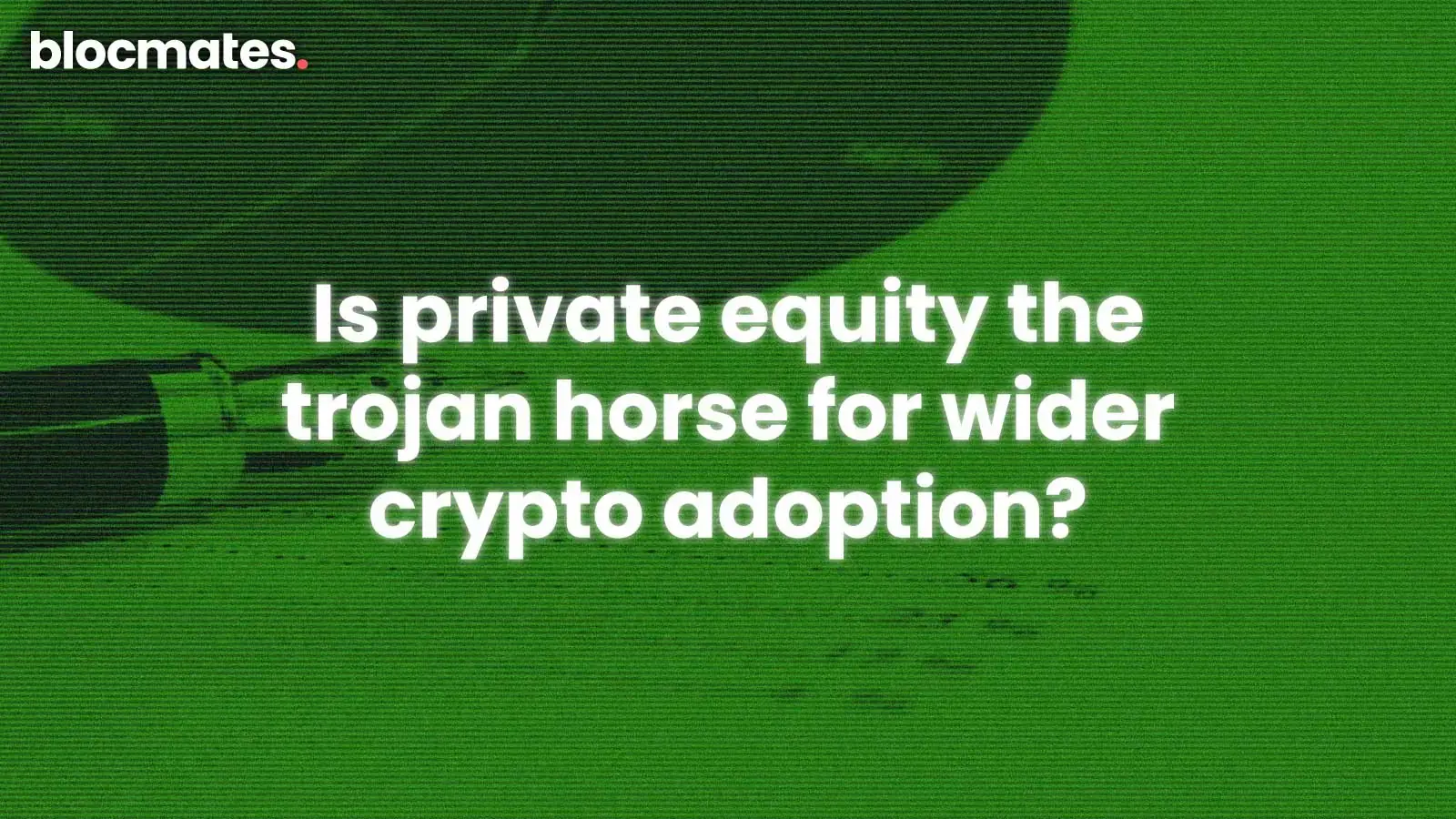
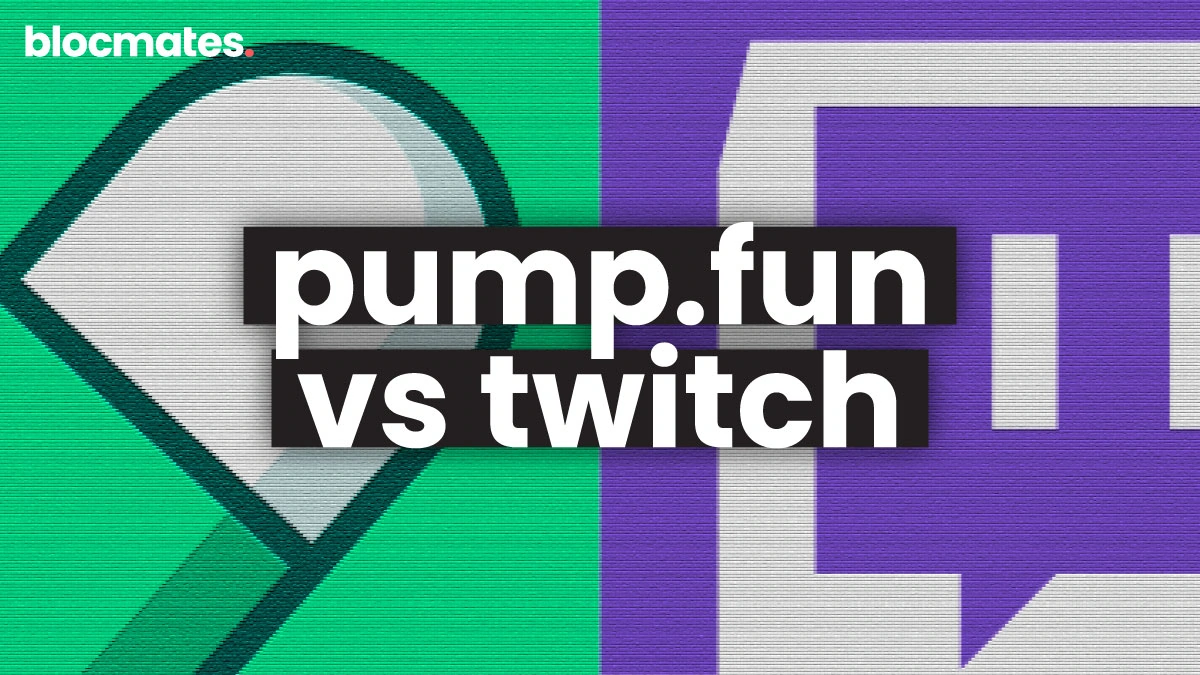




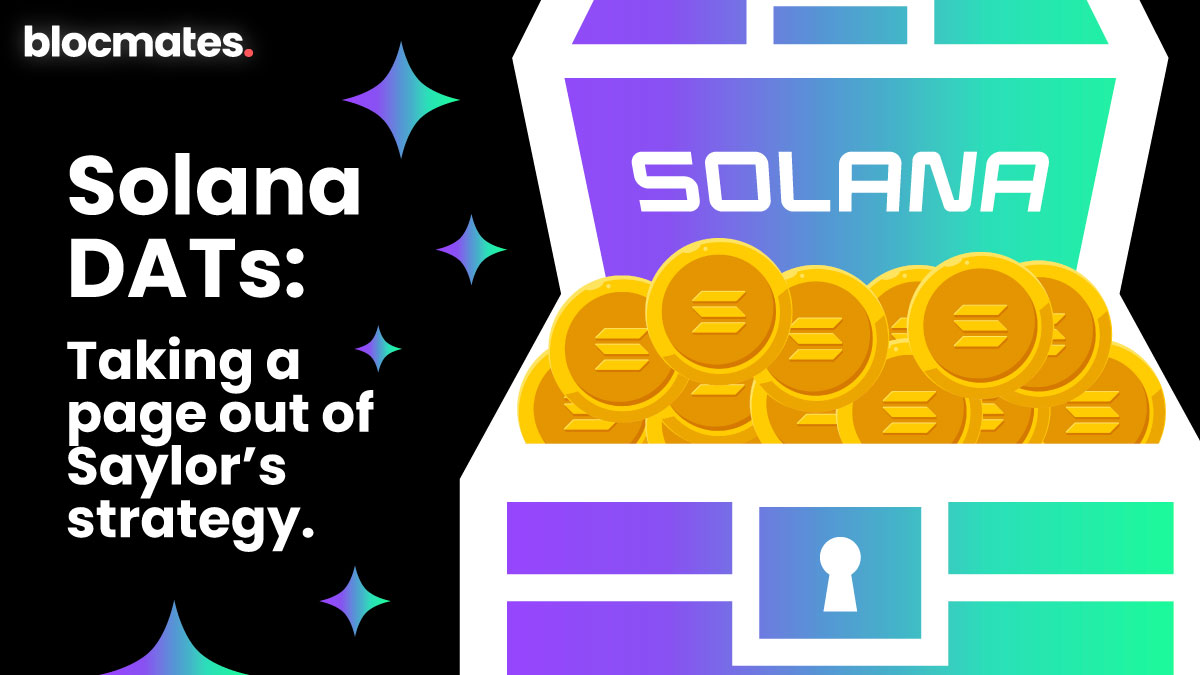

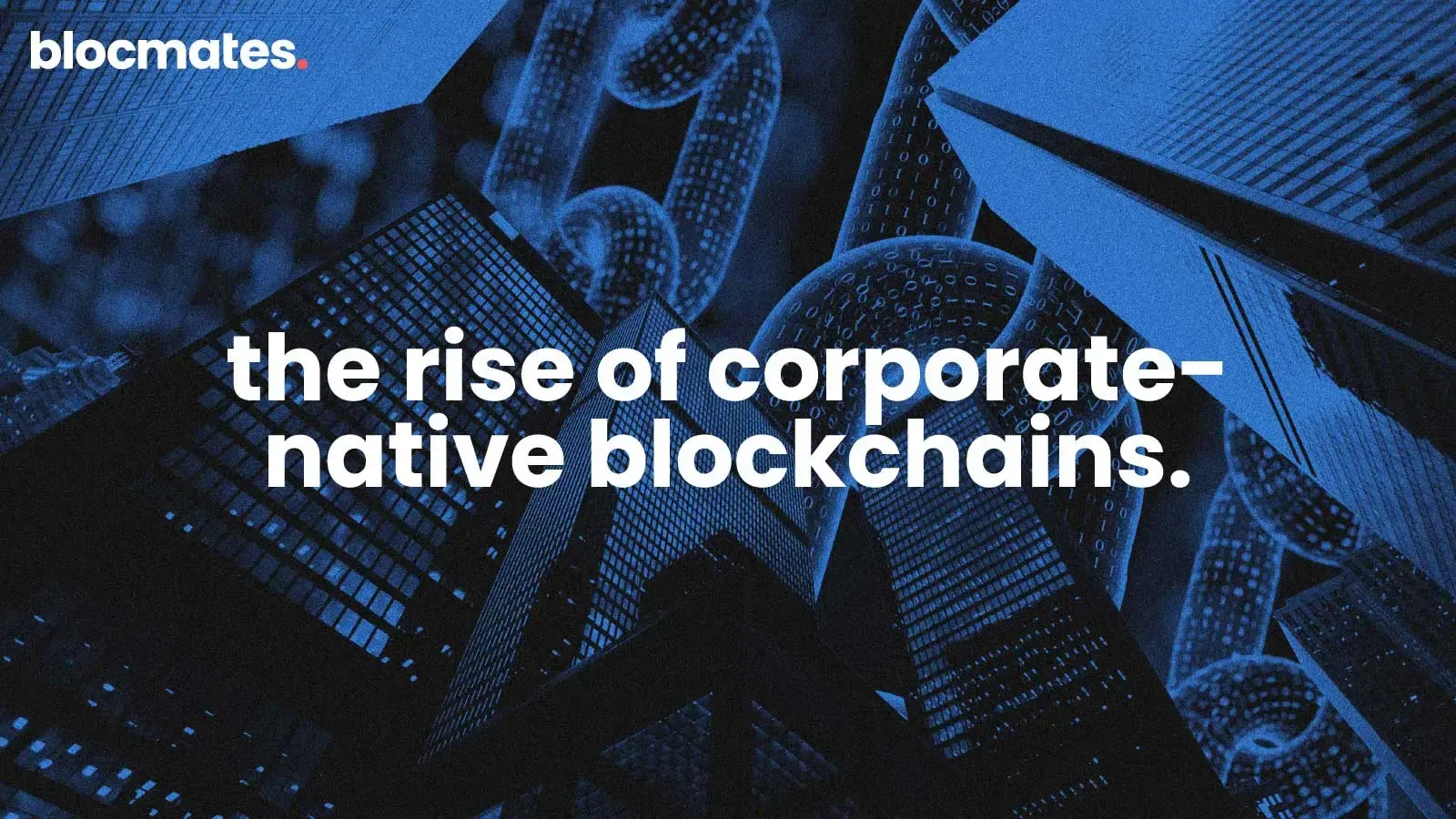
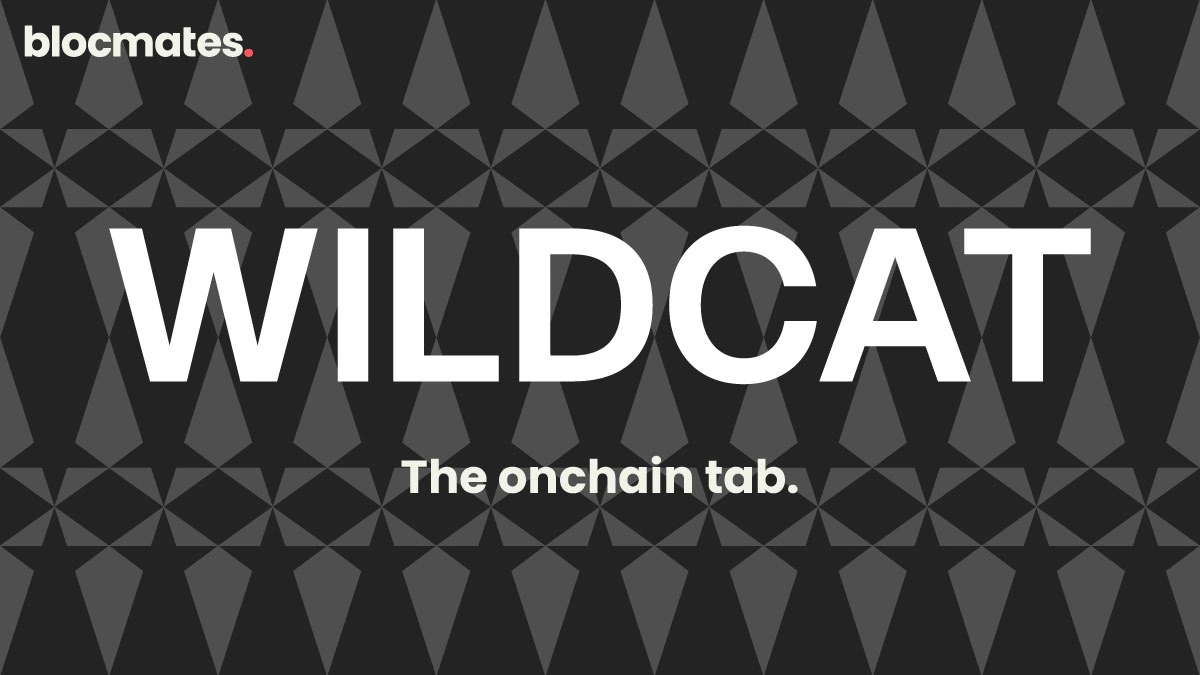


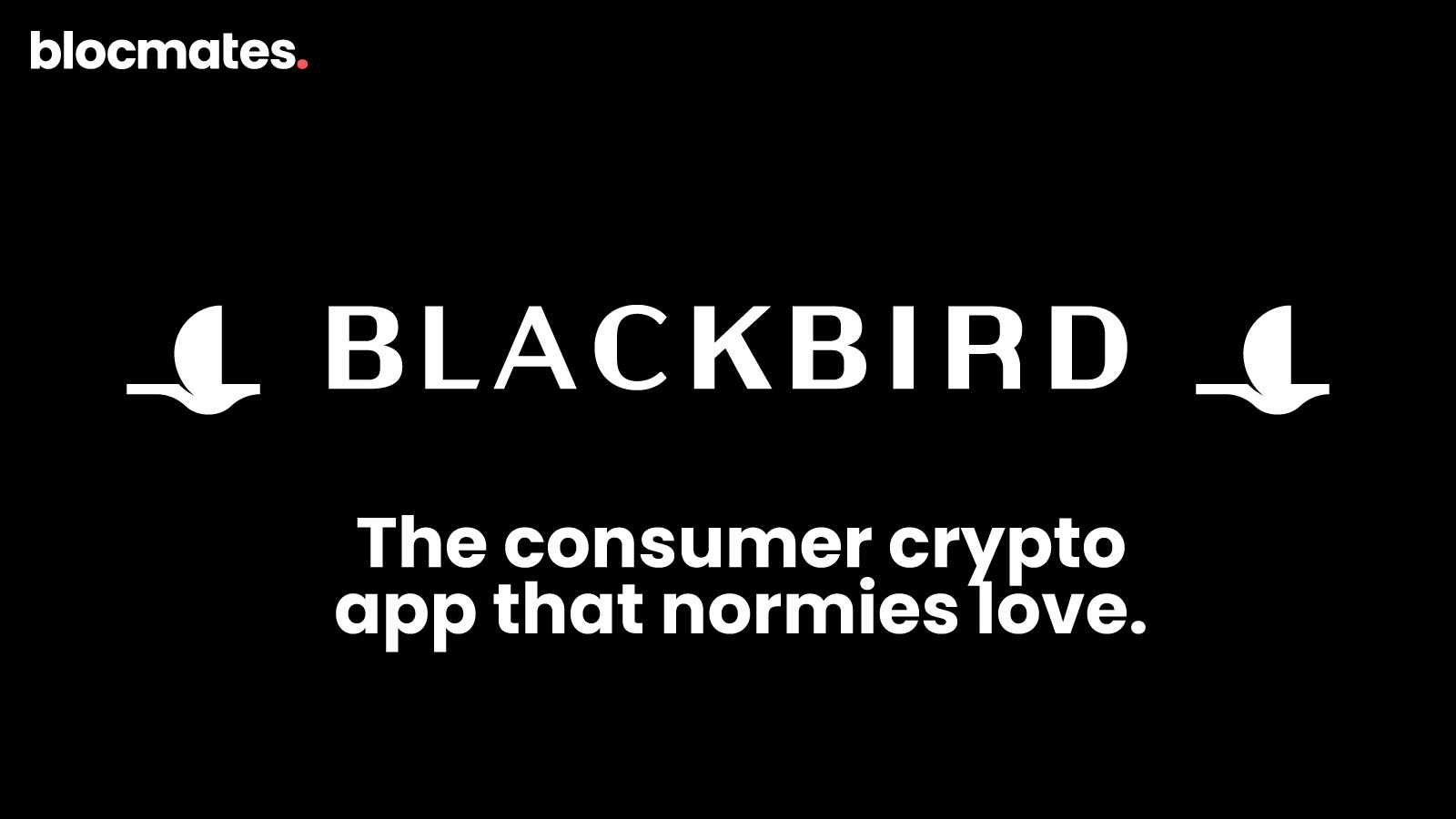





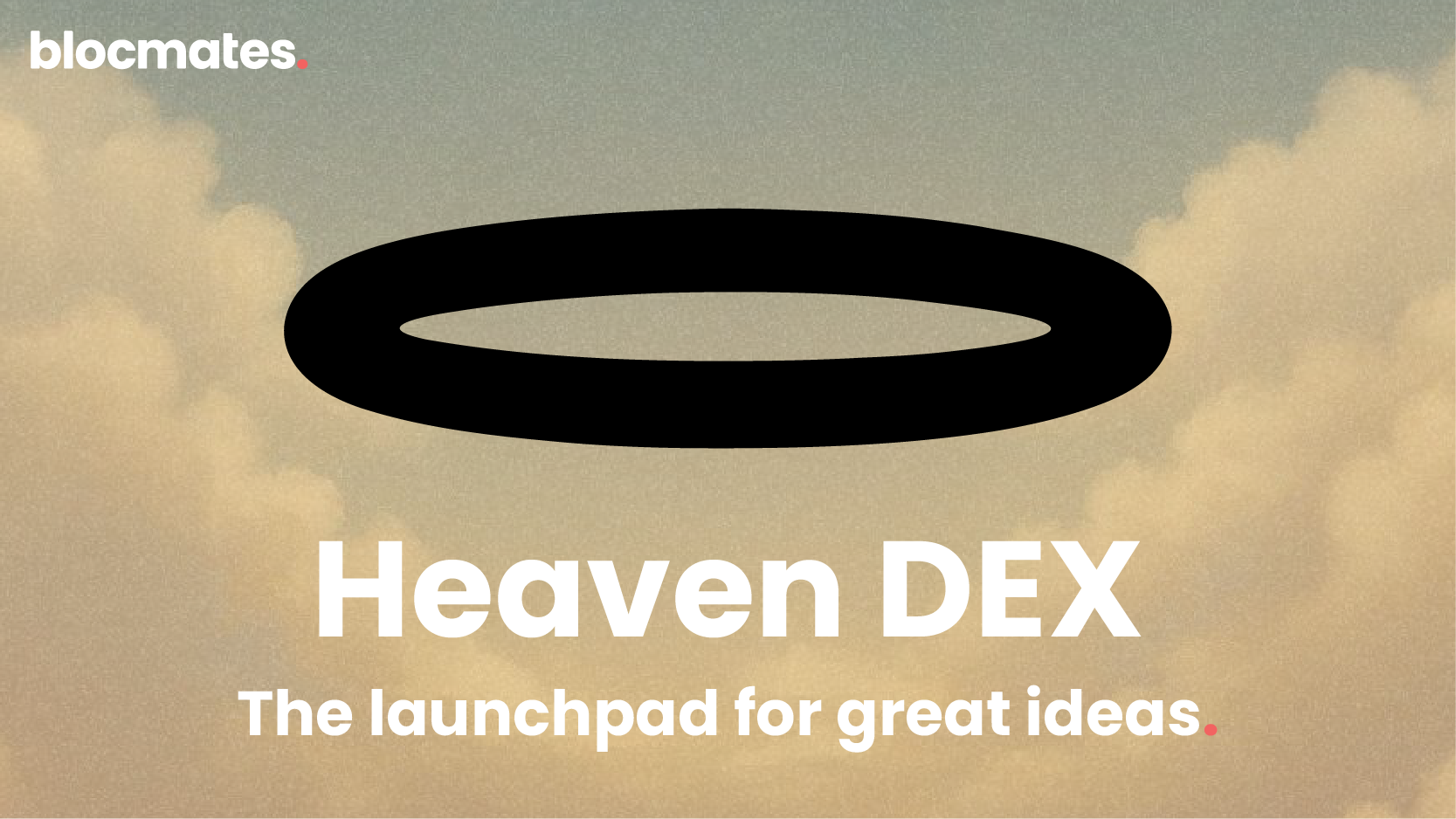
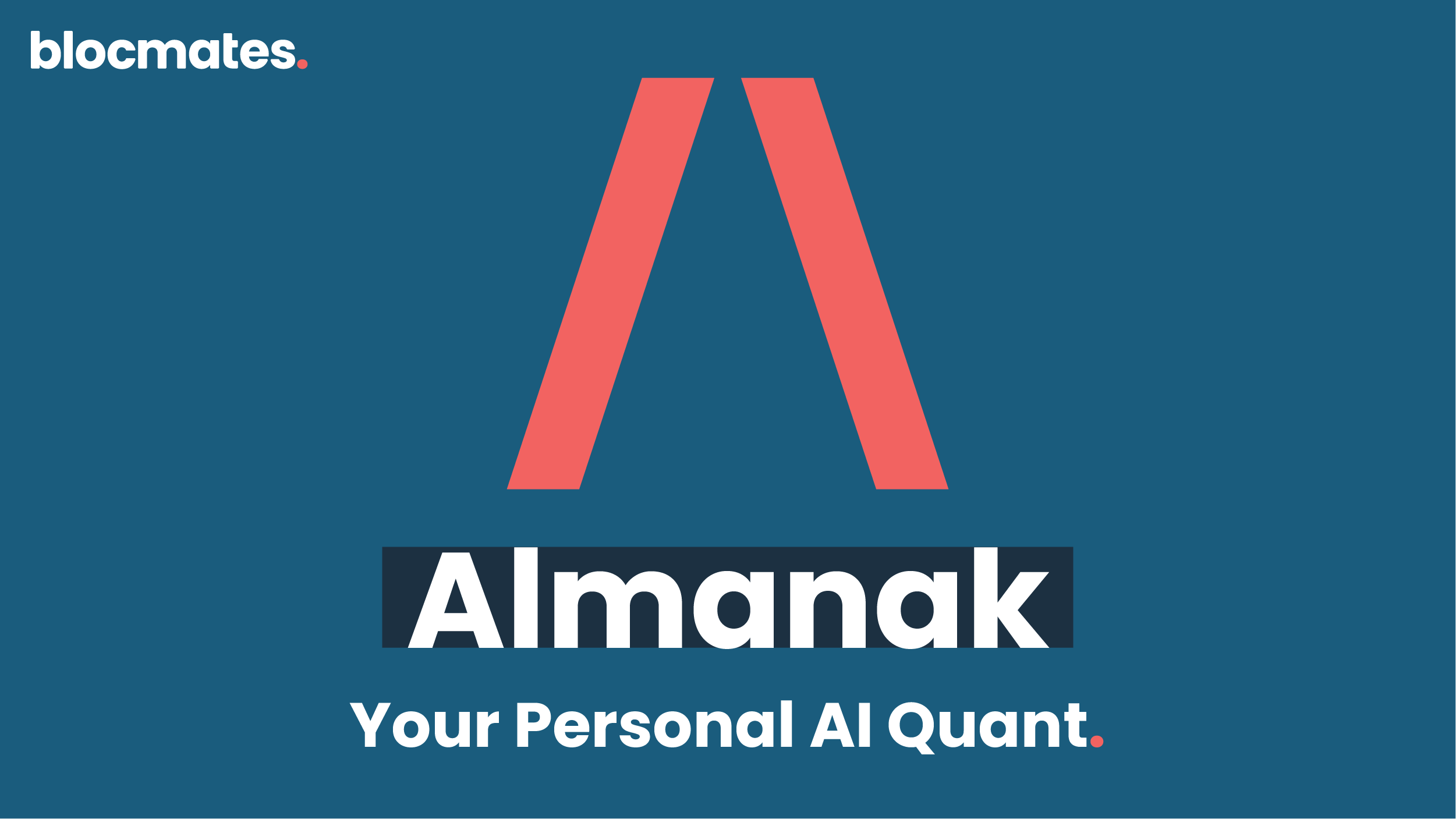
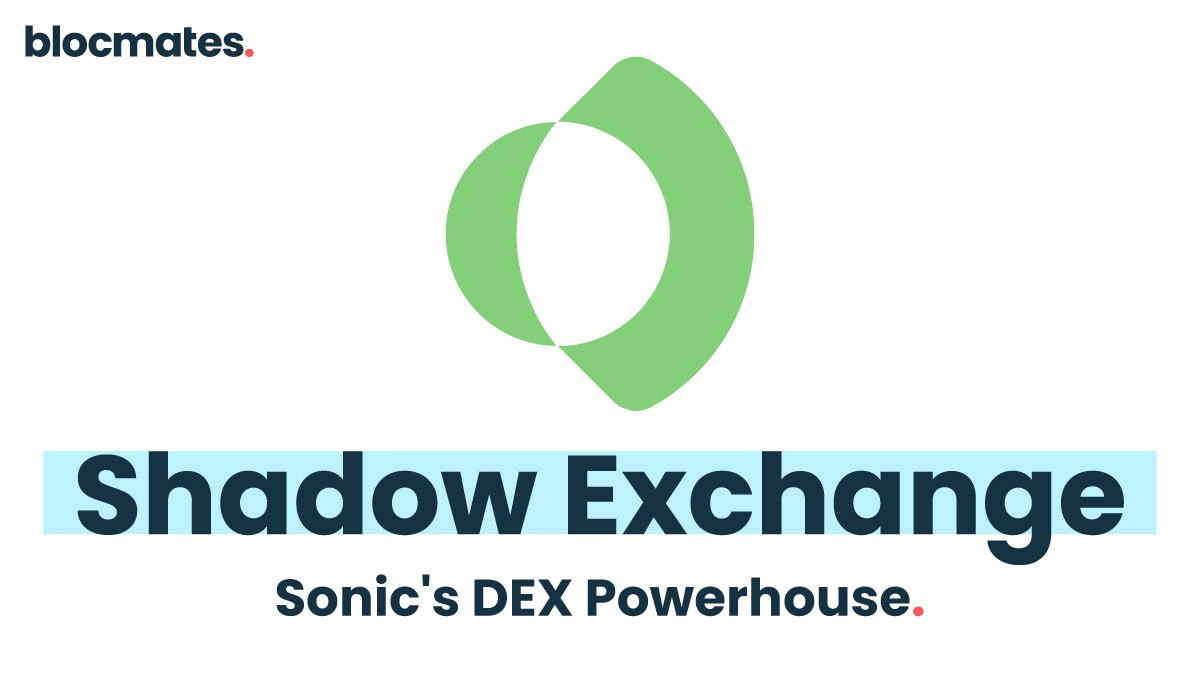
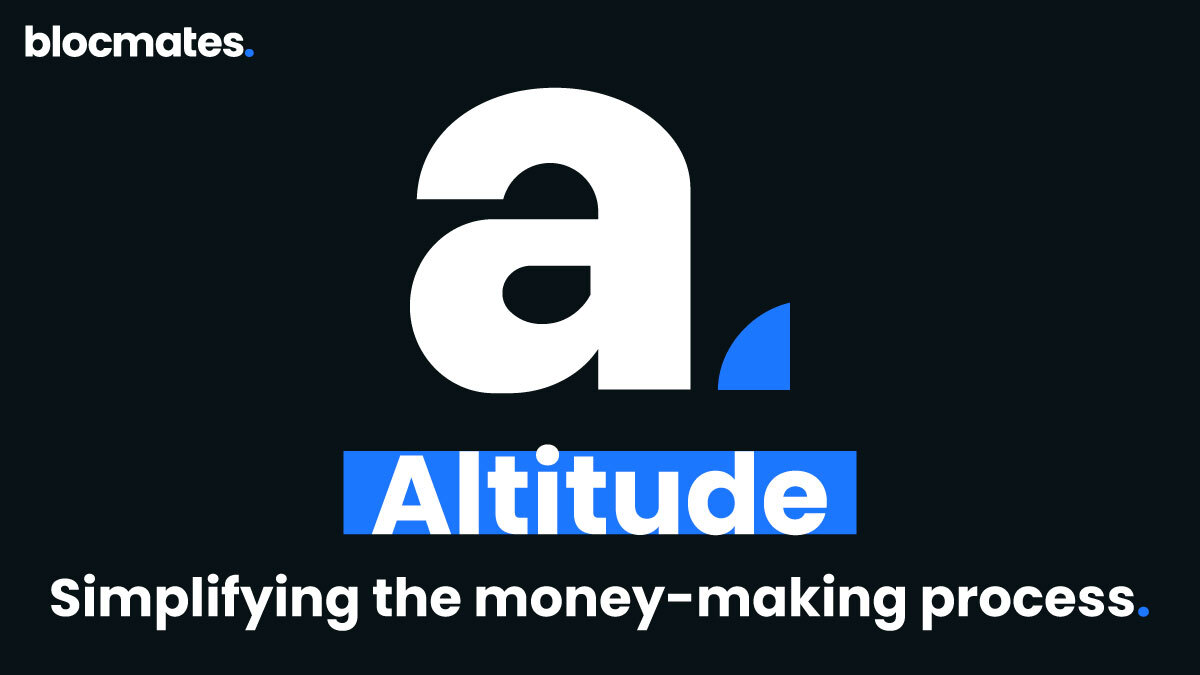

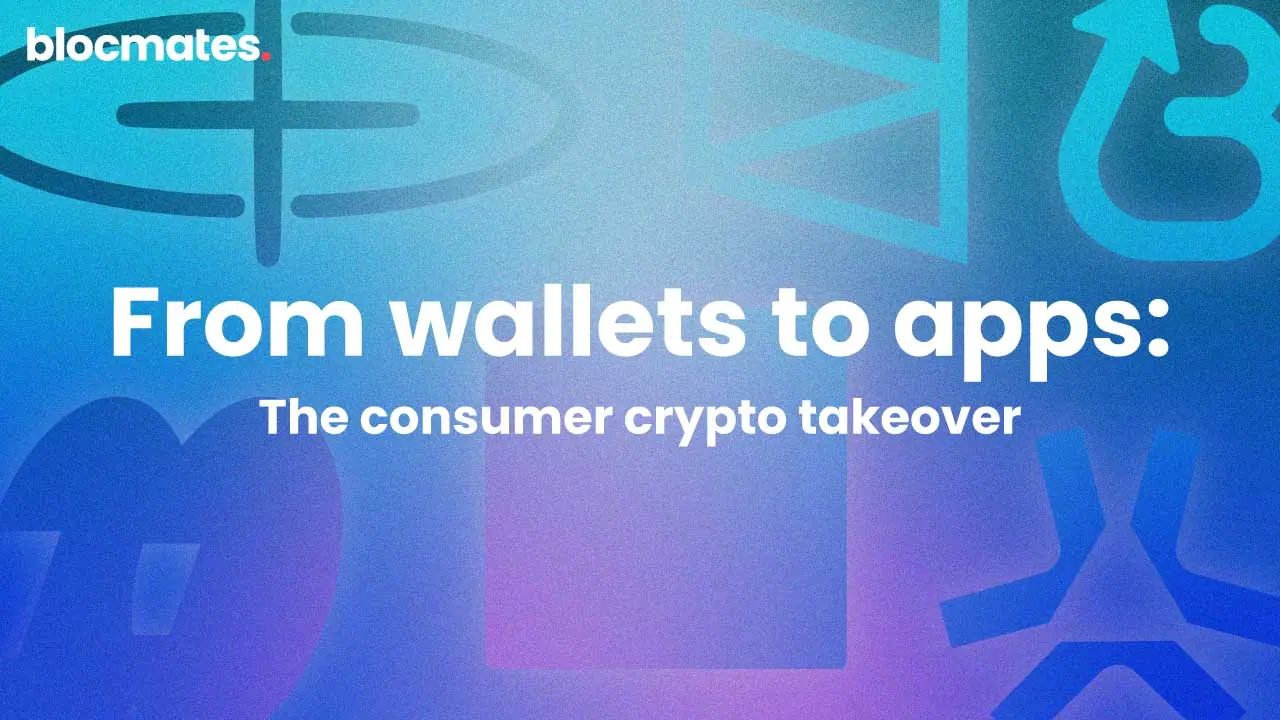
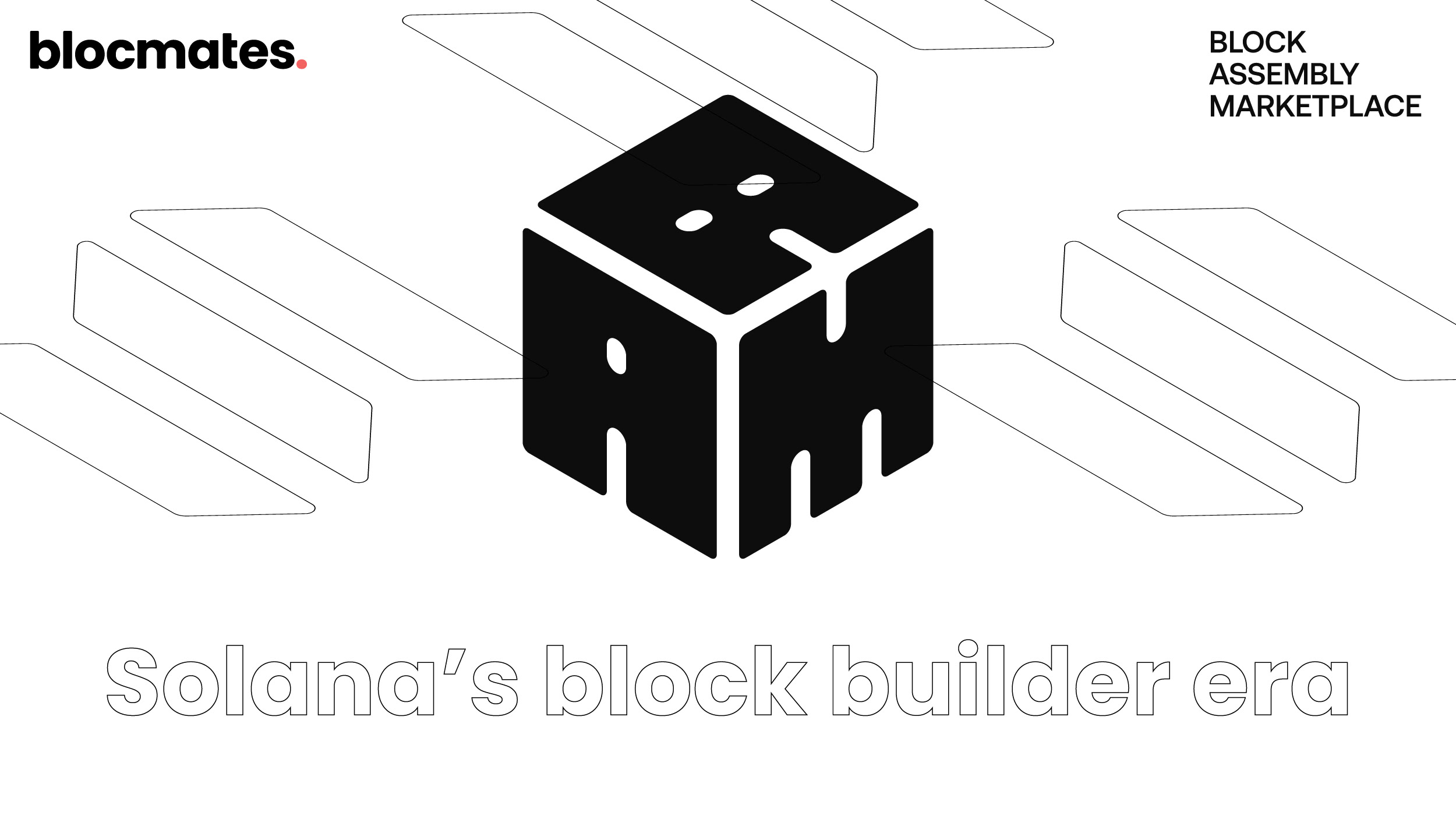



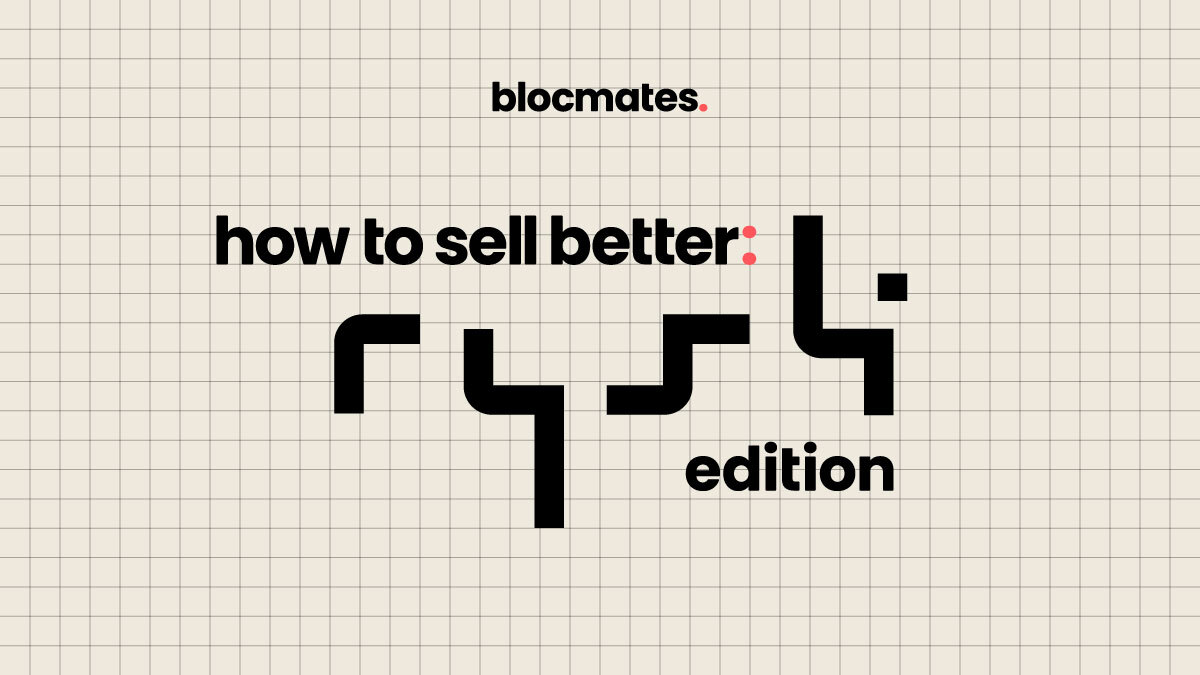


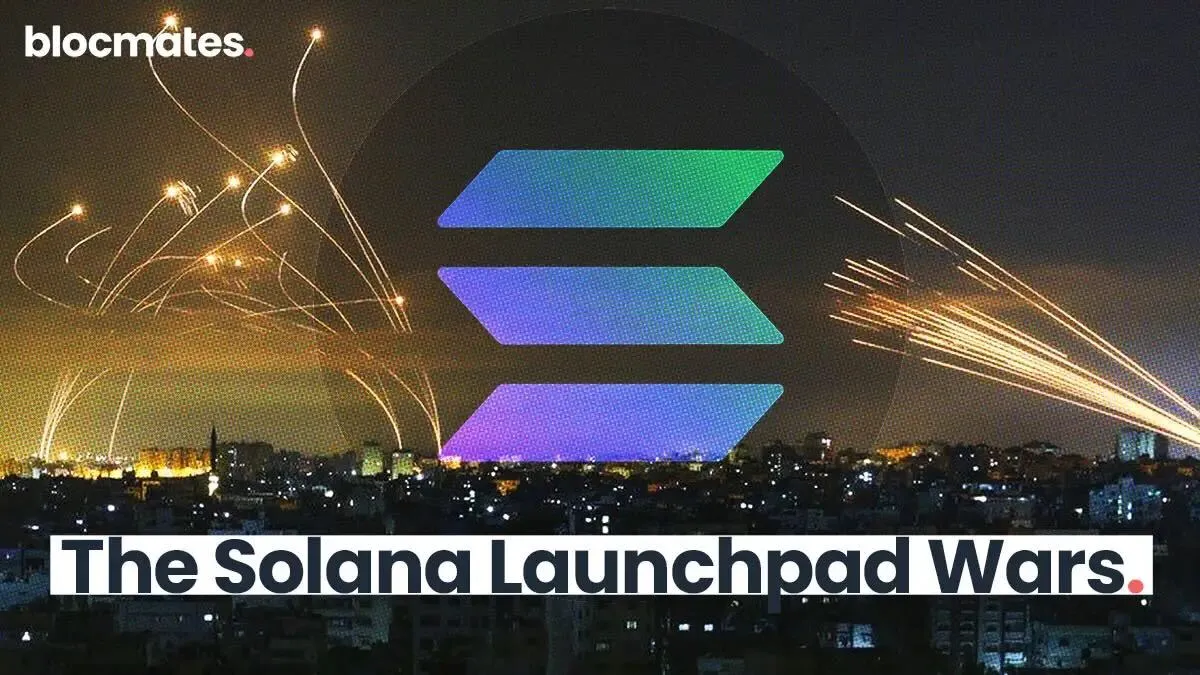




















%202.webp)


.webp)

.webp)
.webp)
.webp)


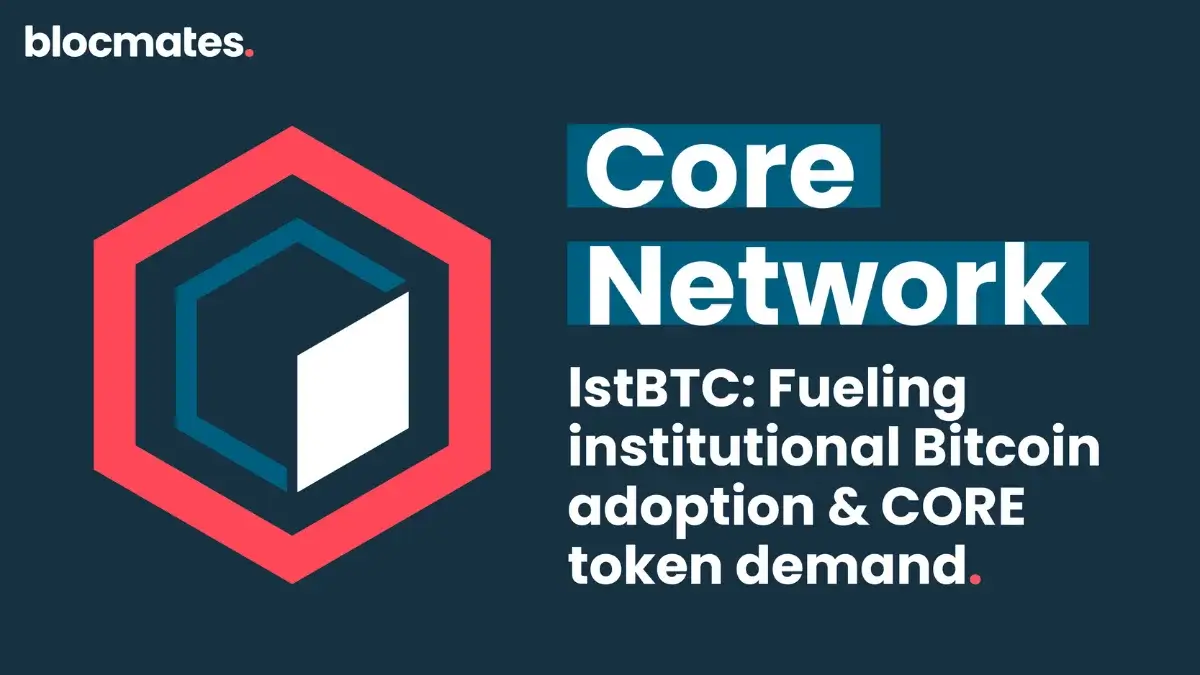
.webp)

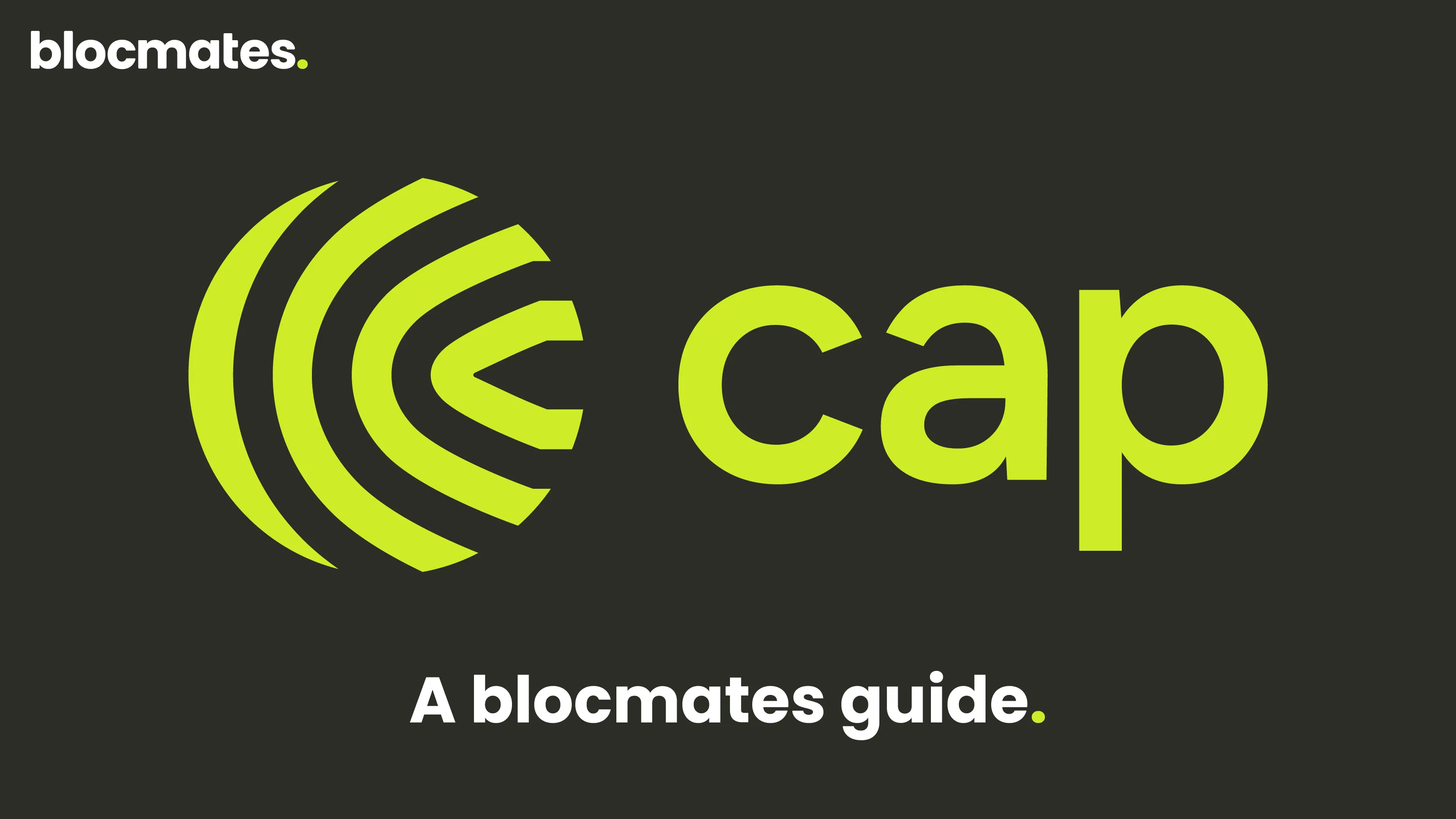










%20the%20Next%20Big%20Unlock%20in%20AI.webp)














.webp)
.webp)

.webp)
.webp)
.webp)


.webp)
.webp)










.webp)


.webp)









.webp)







.webp)




.webp)








.webp)
.webp)
.webp)


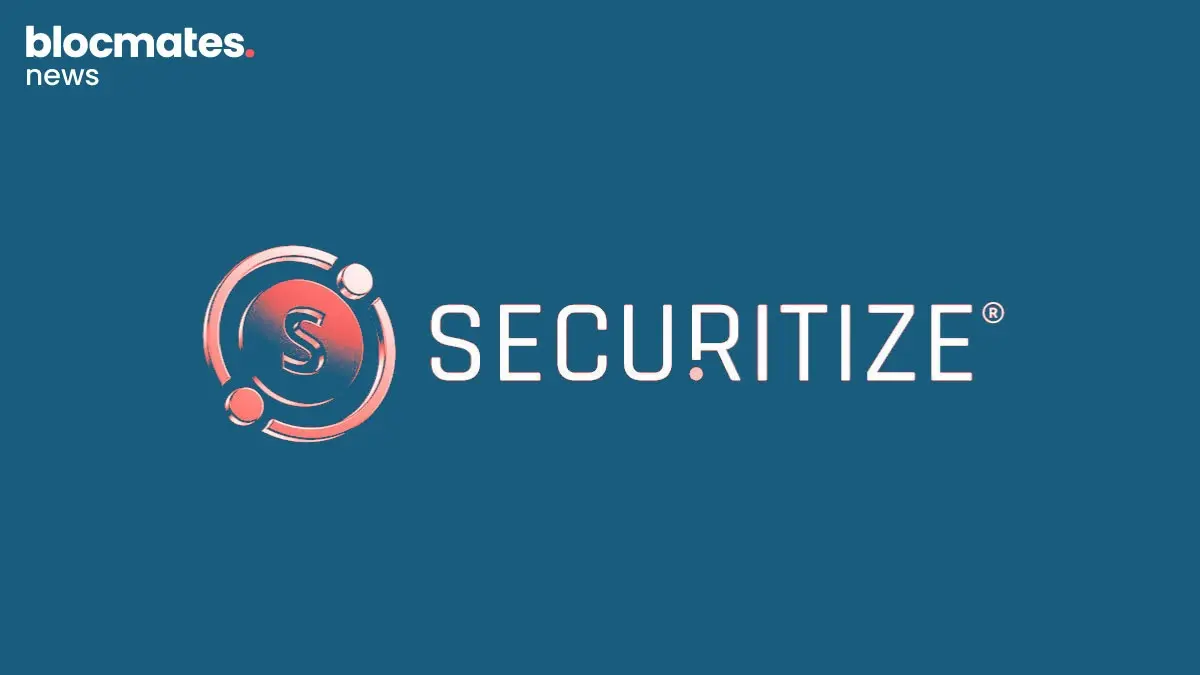

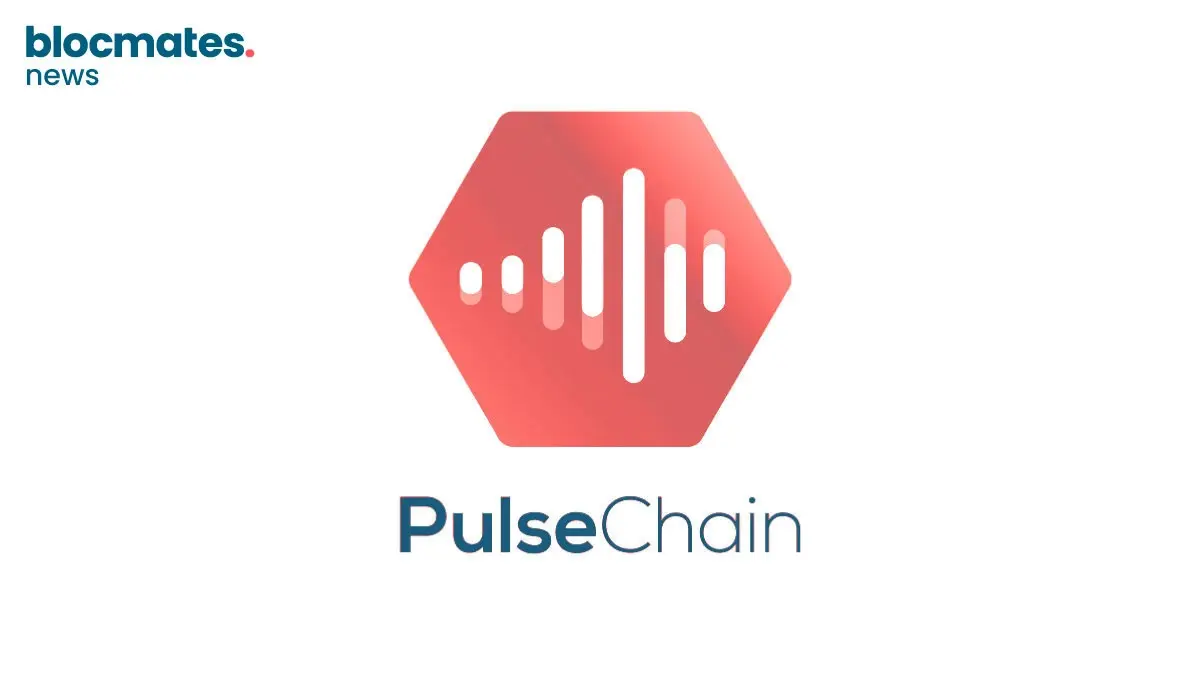
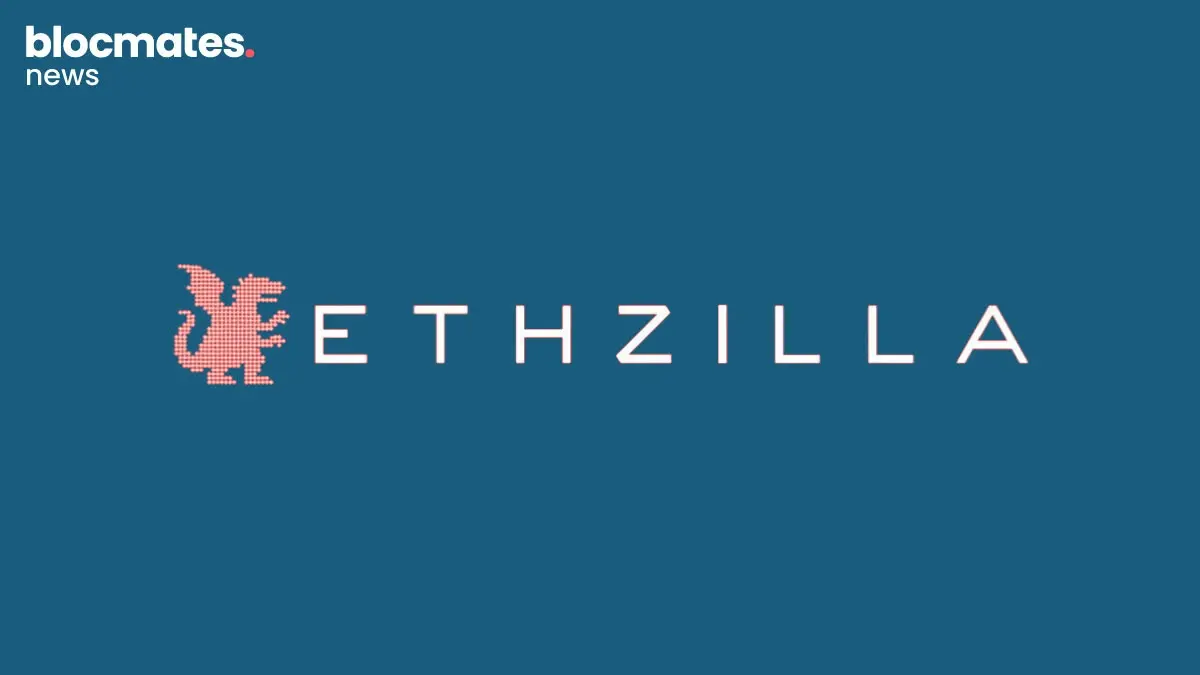


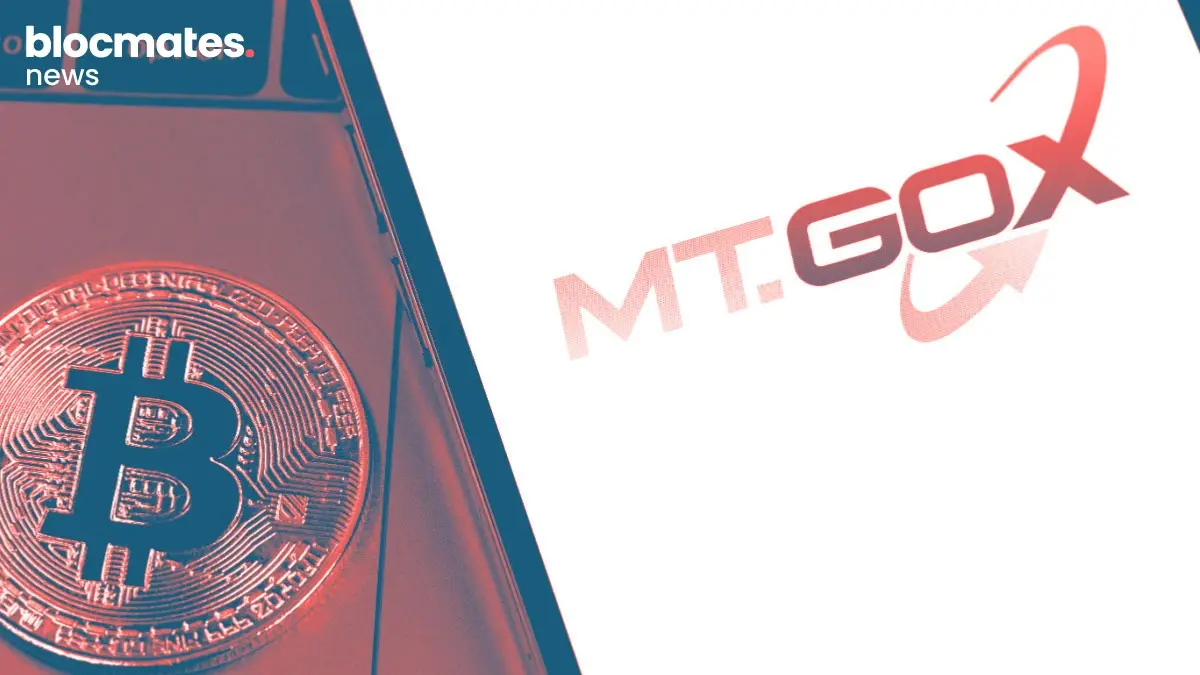




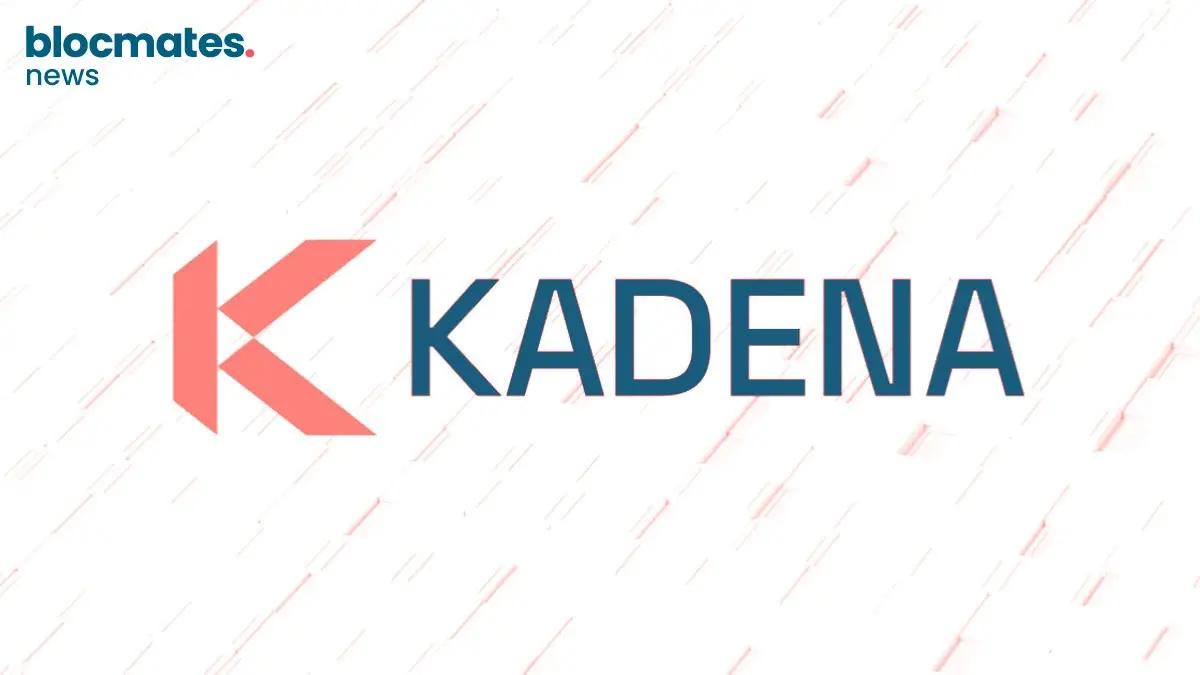



.webp)

.webp)
.webp)

.webp)



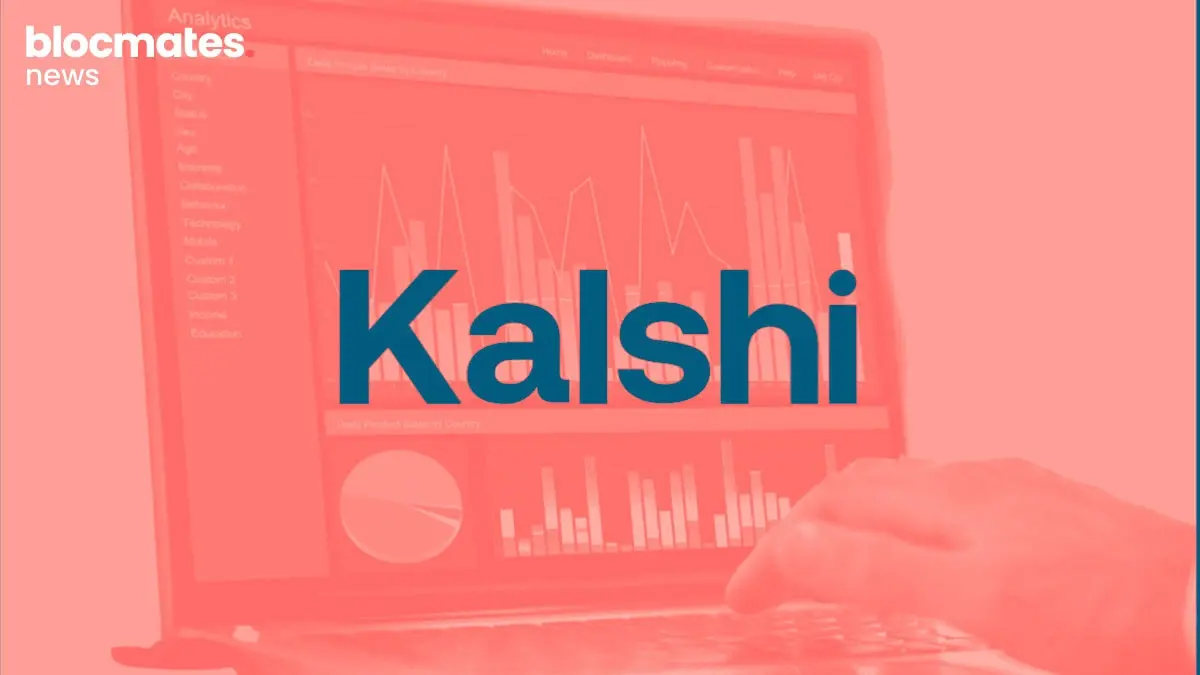
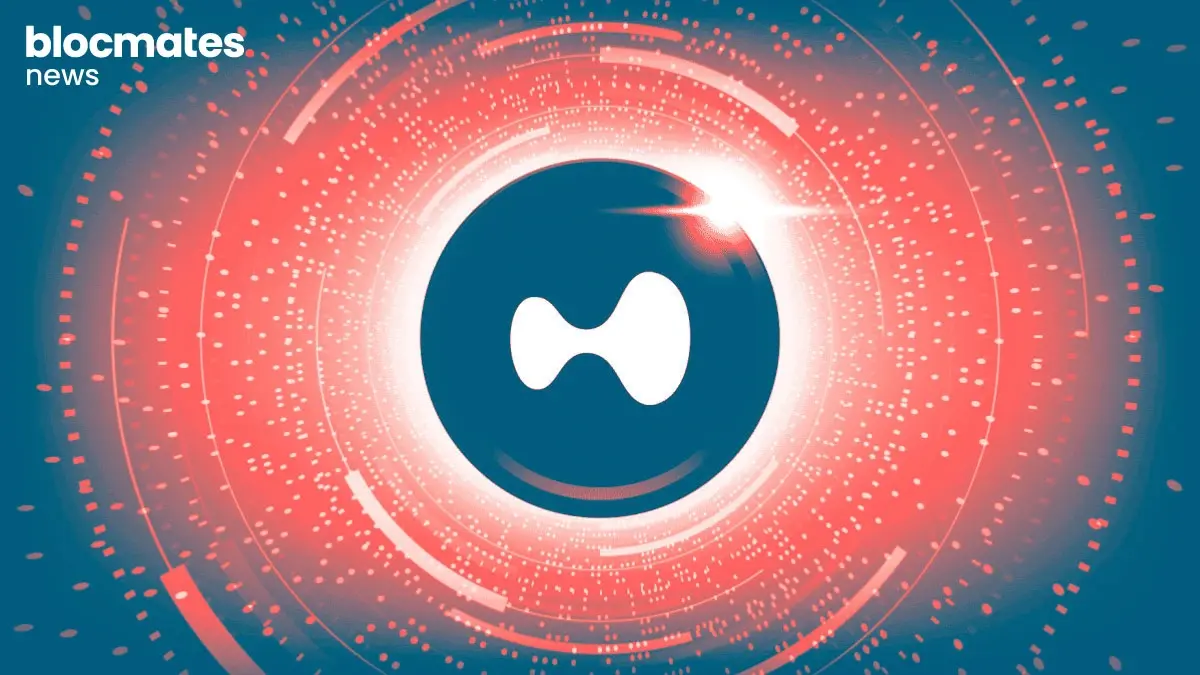



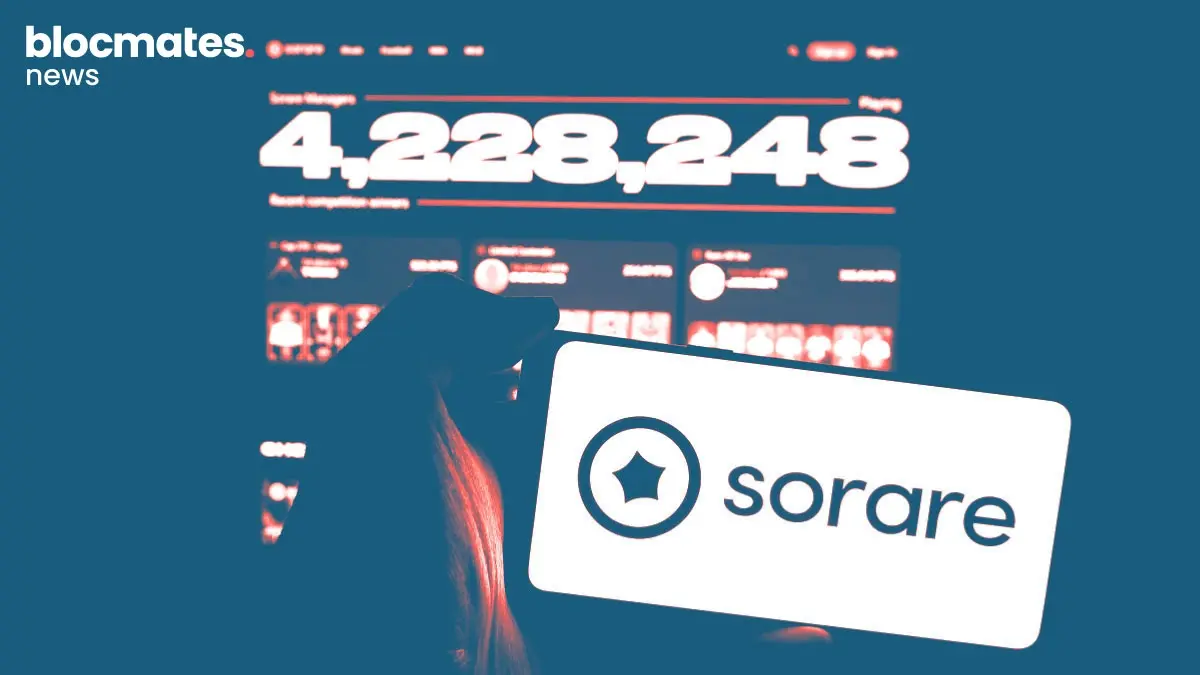

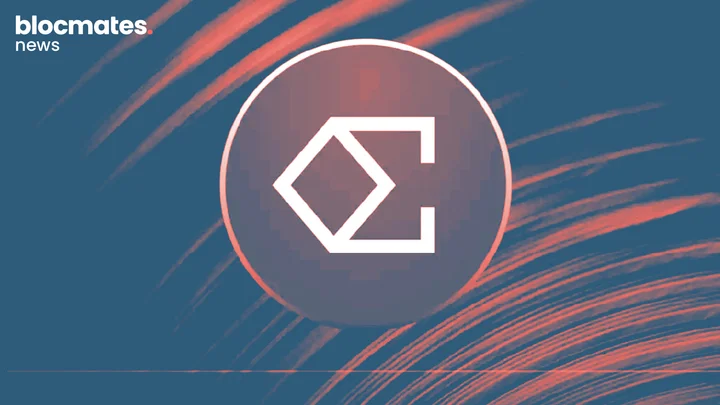





.webp)

.webp)


.webp)



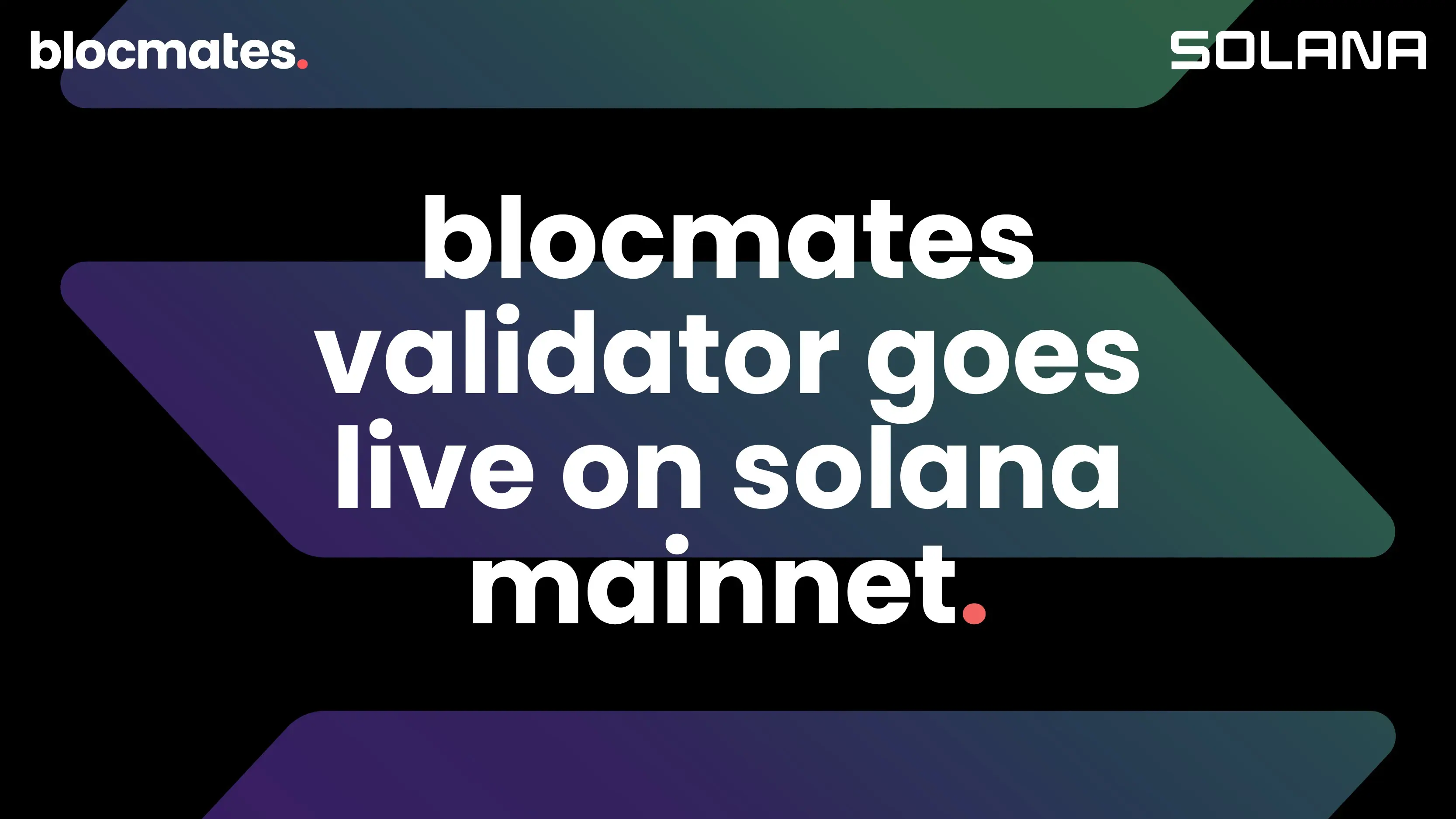
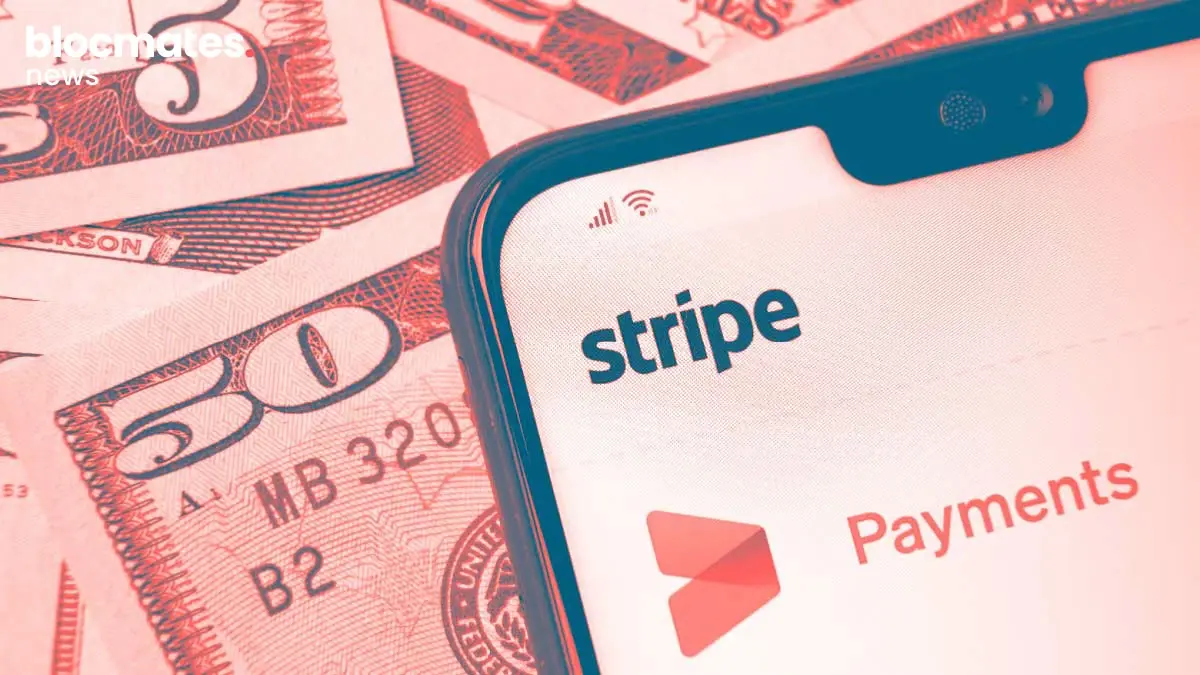



.webp)
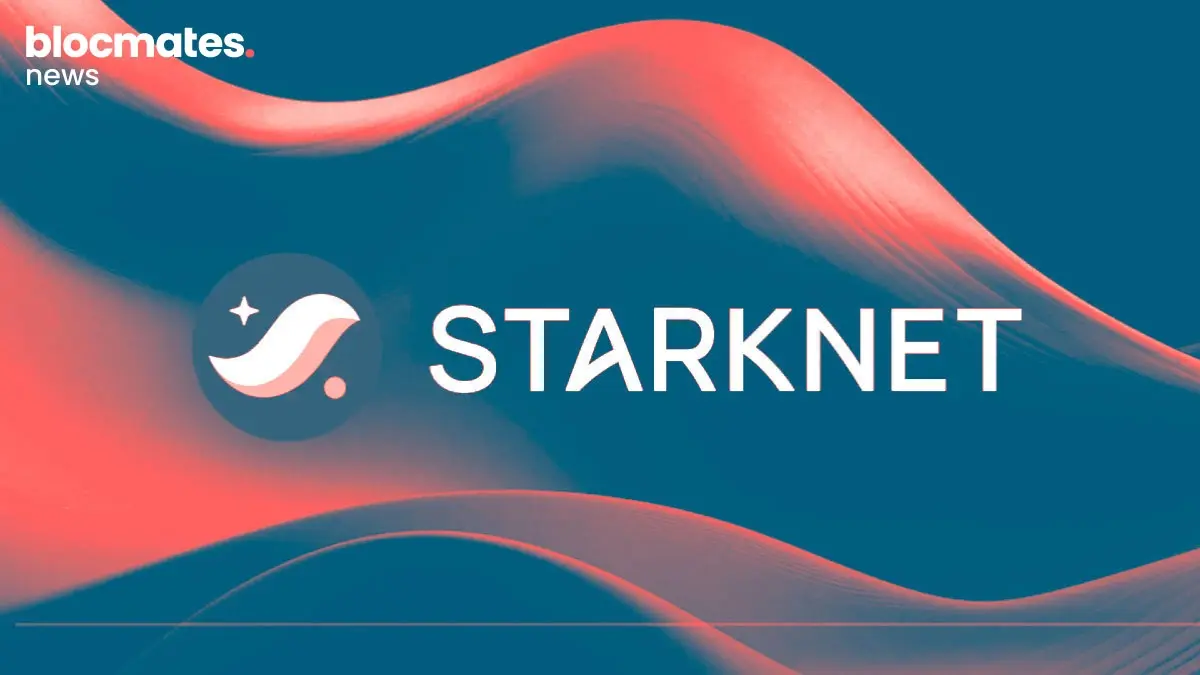




.webp)









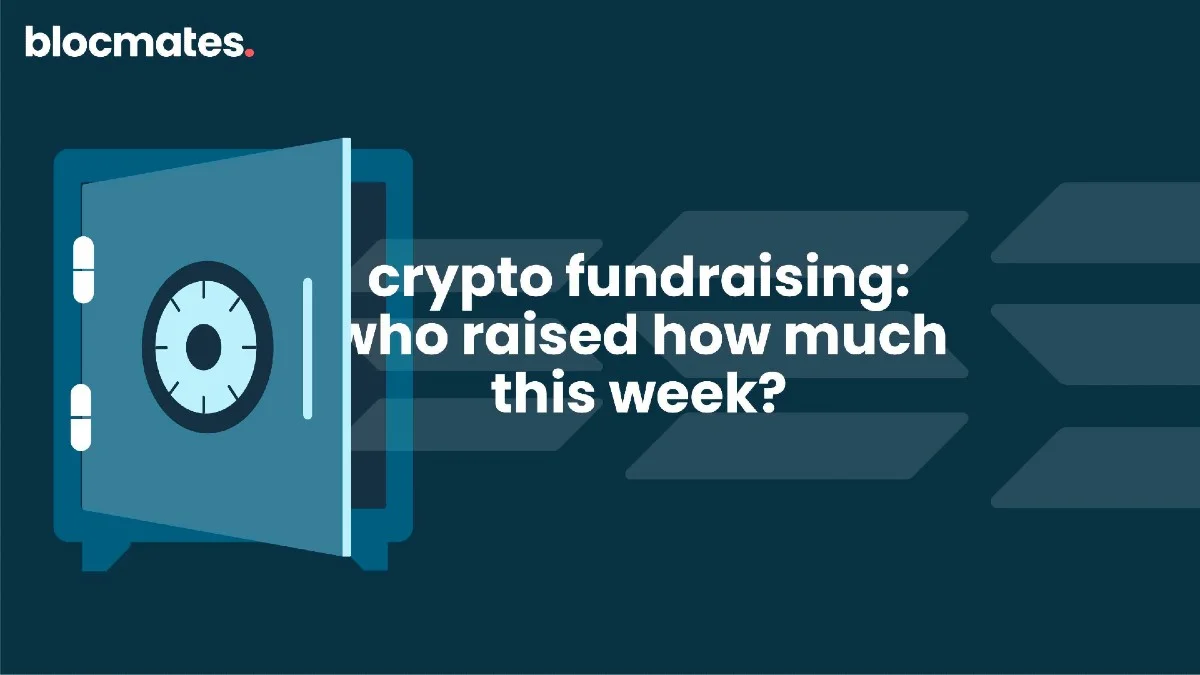


.webp)





